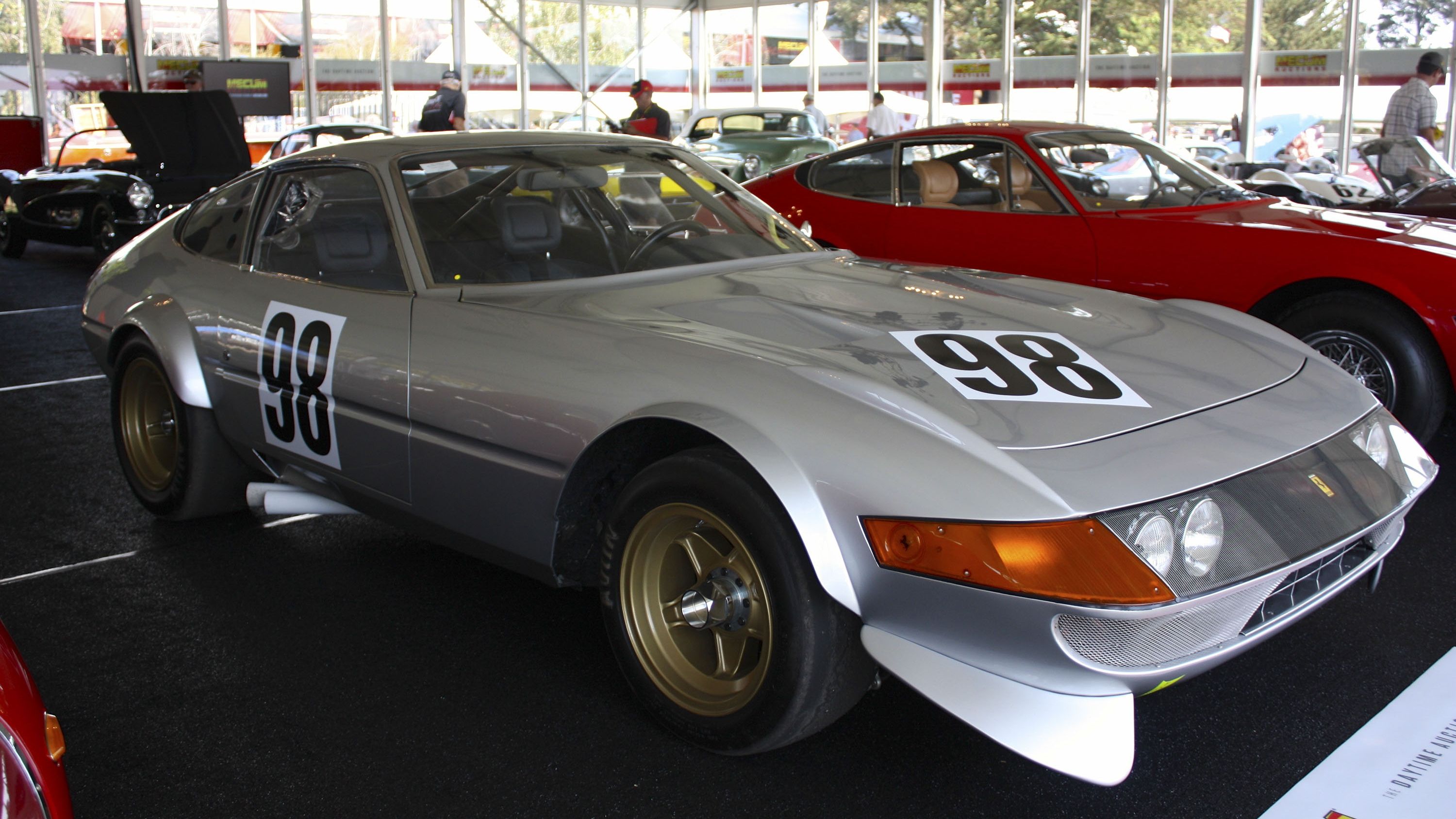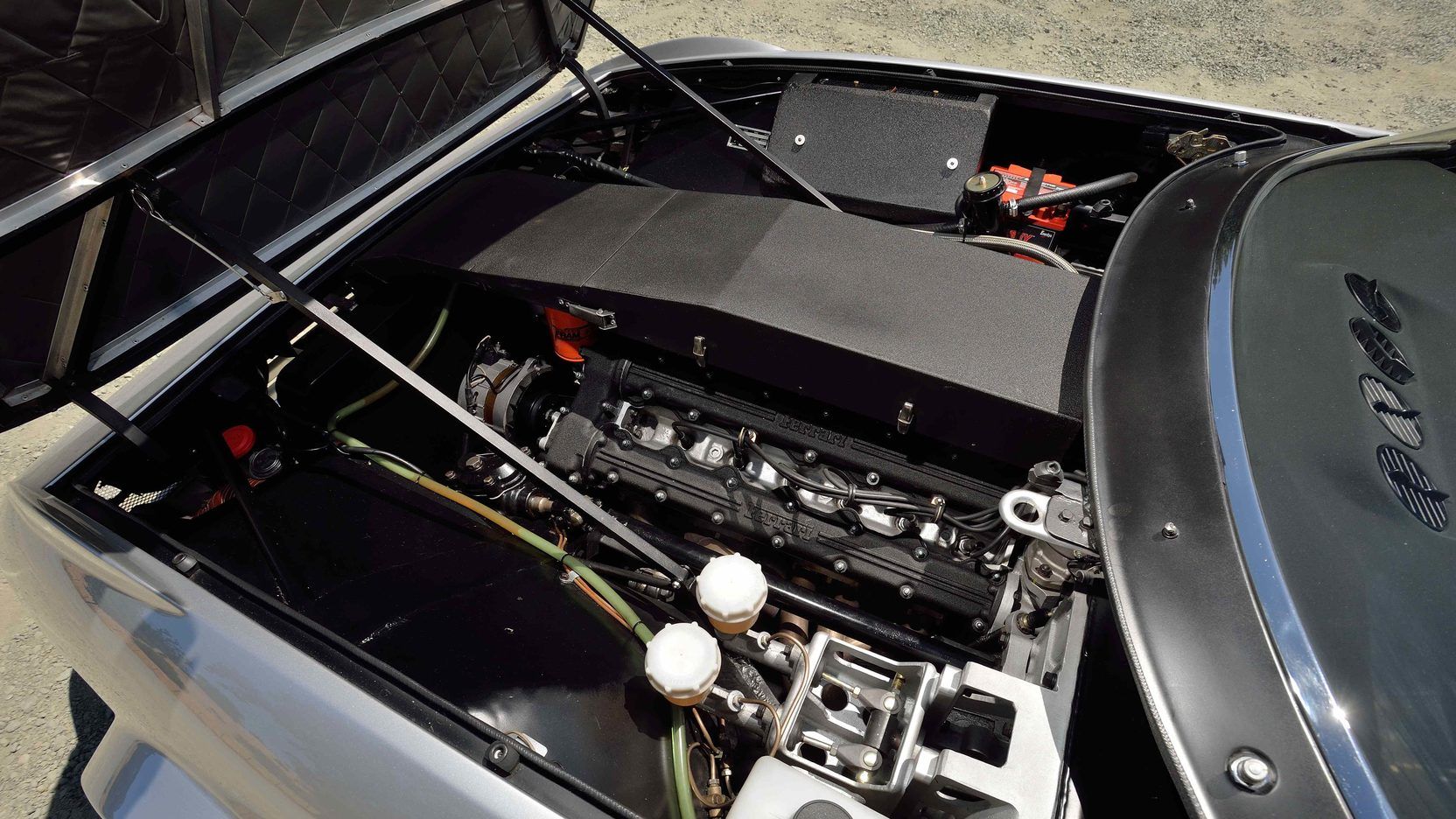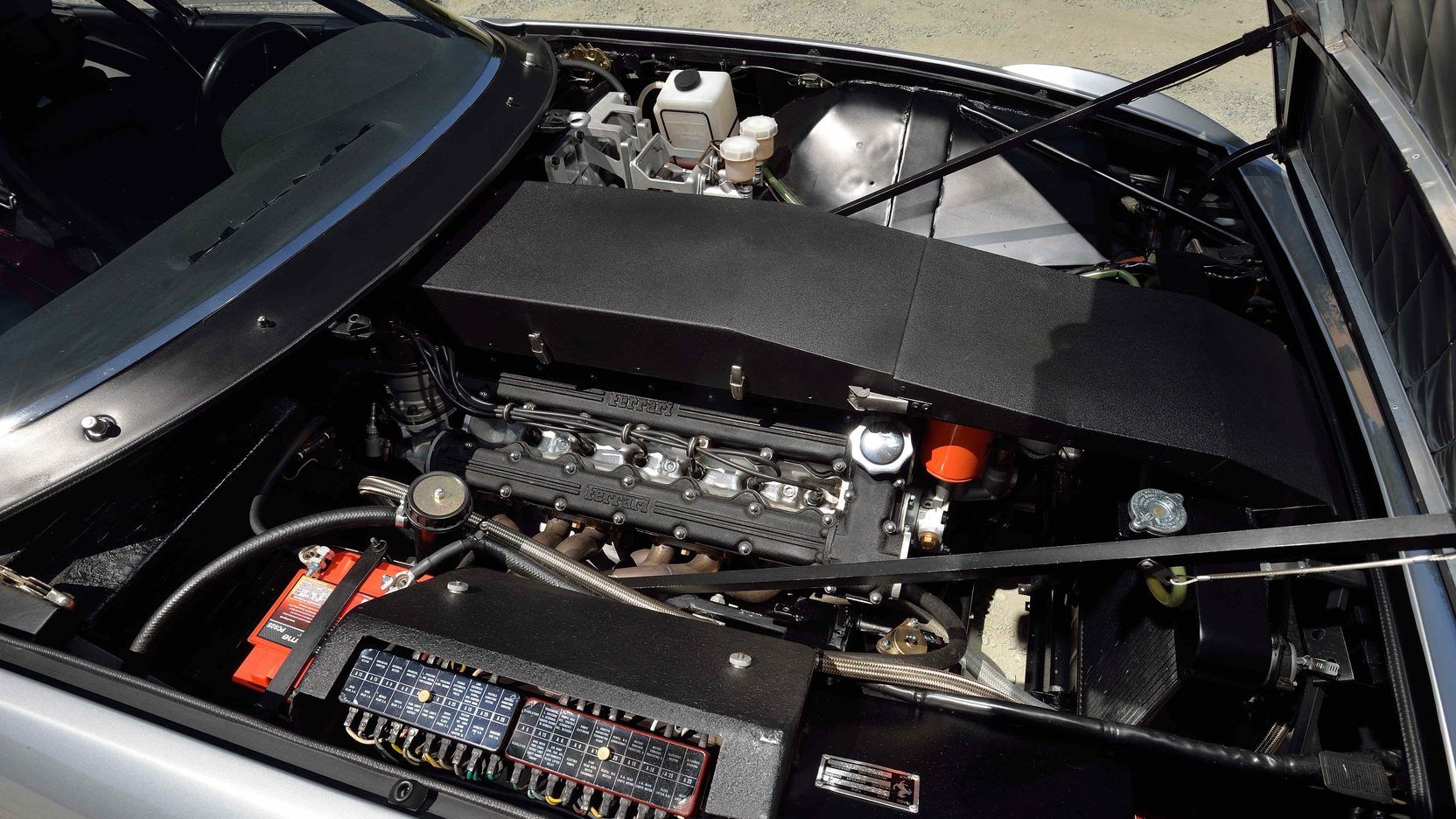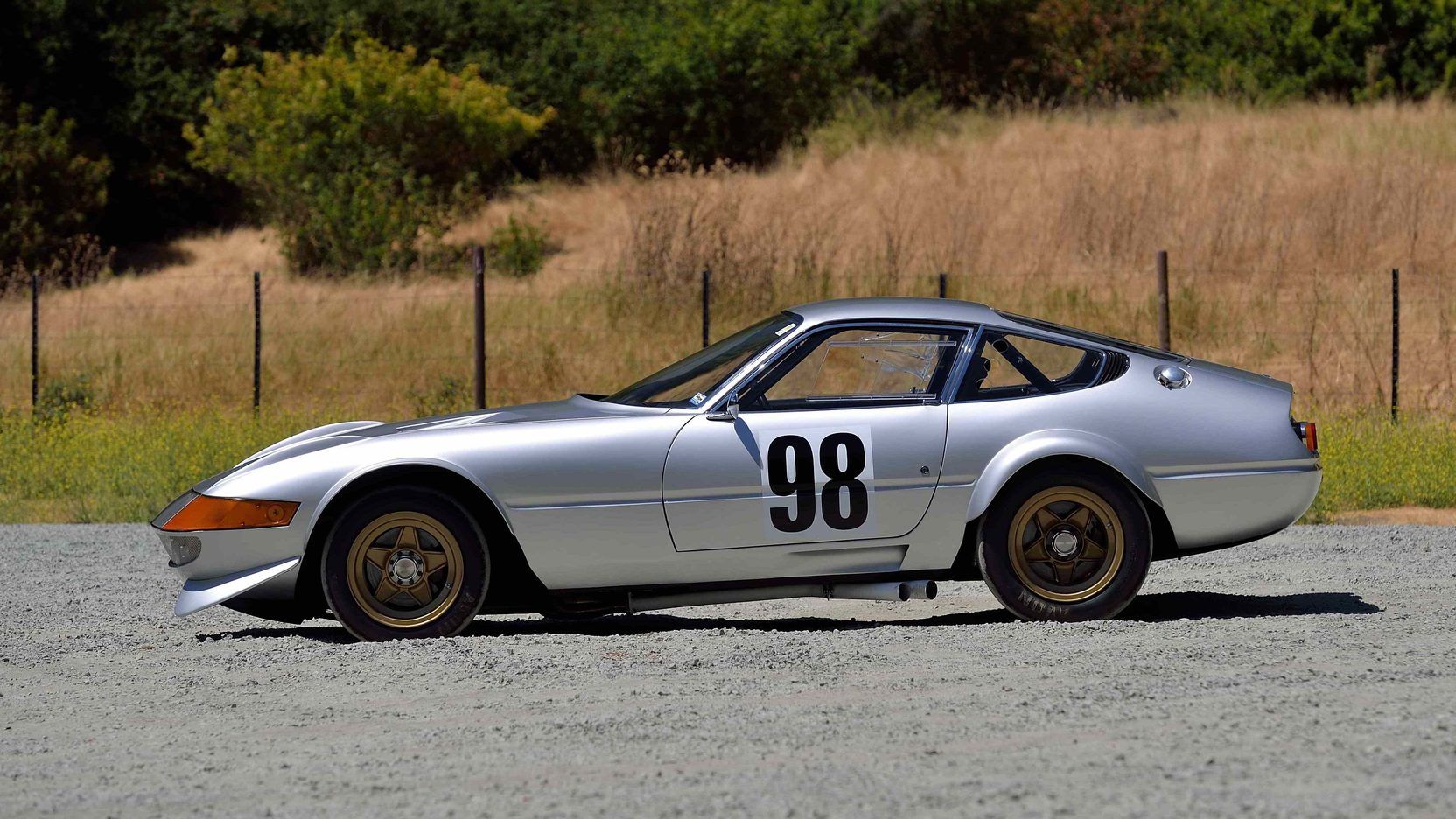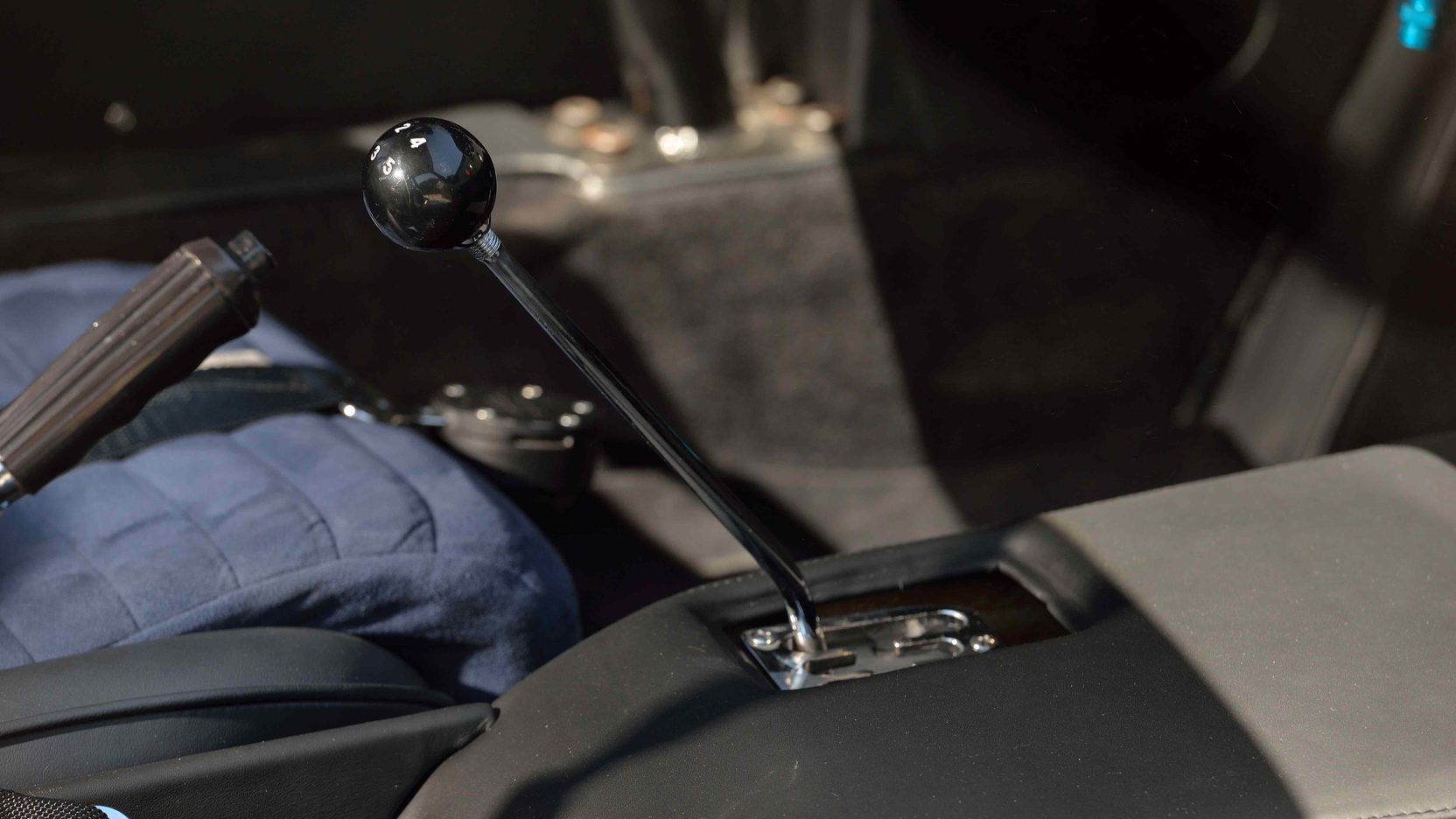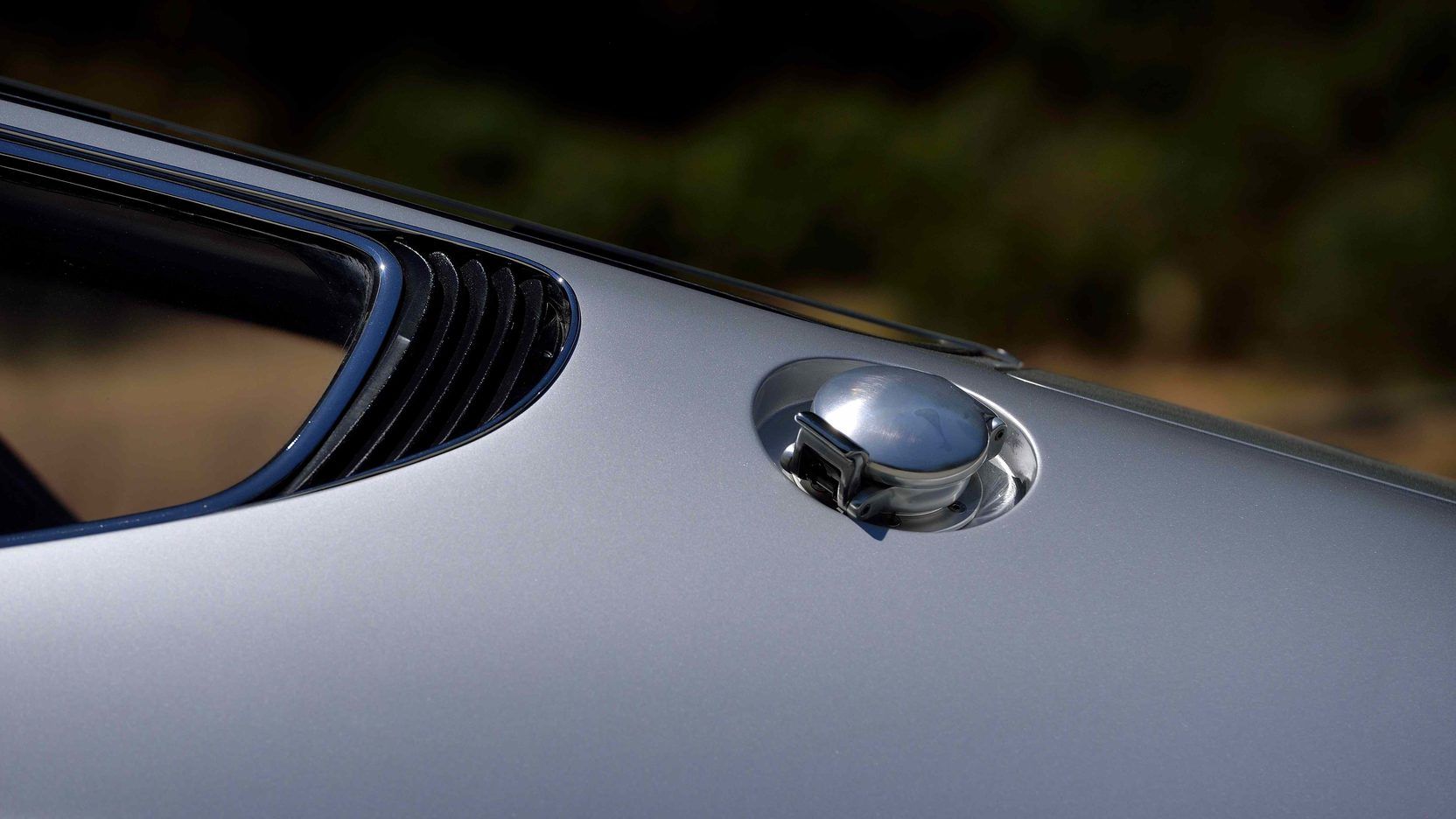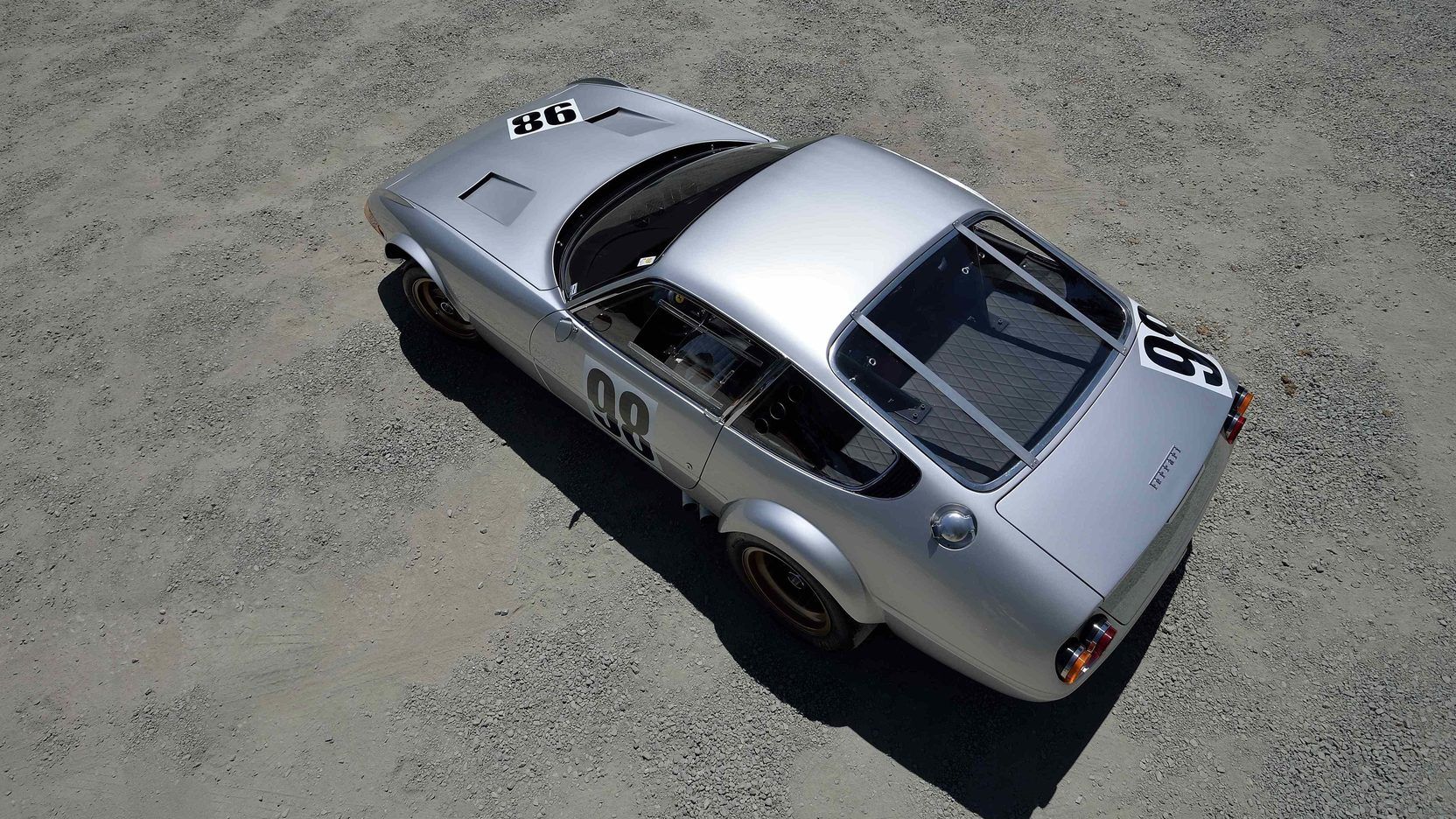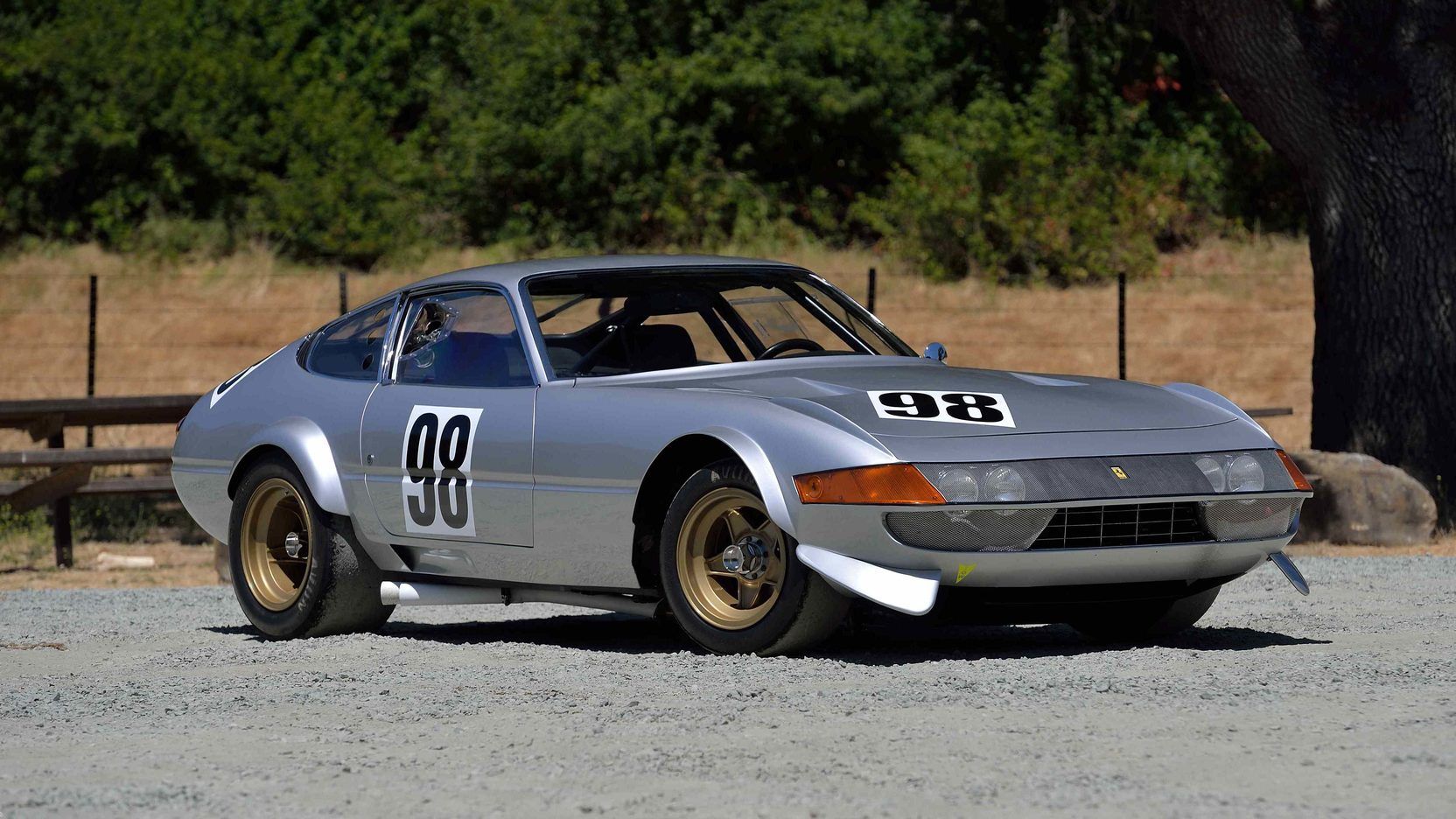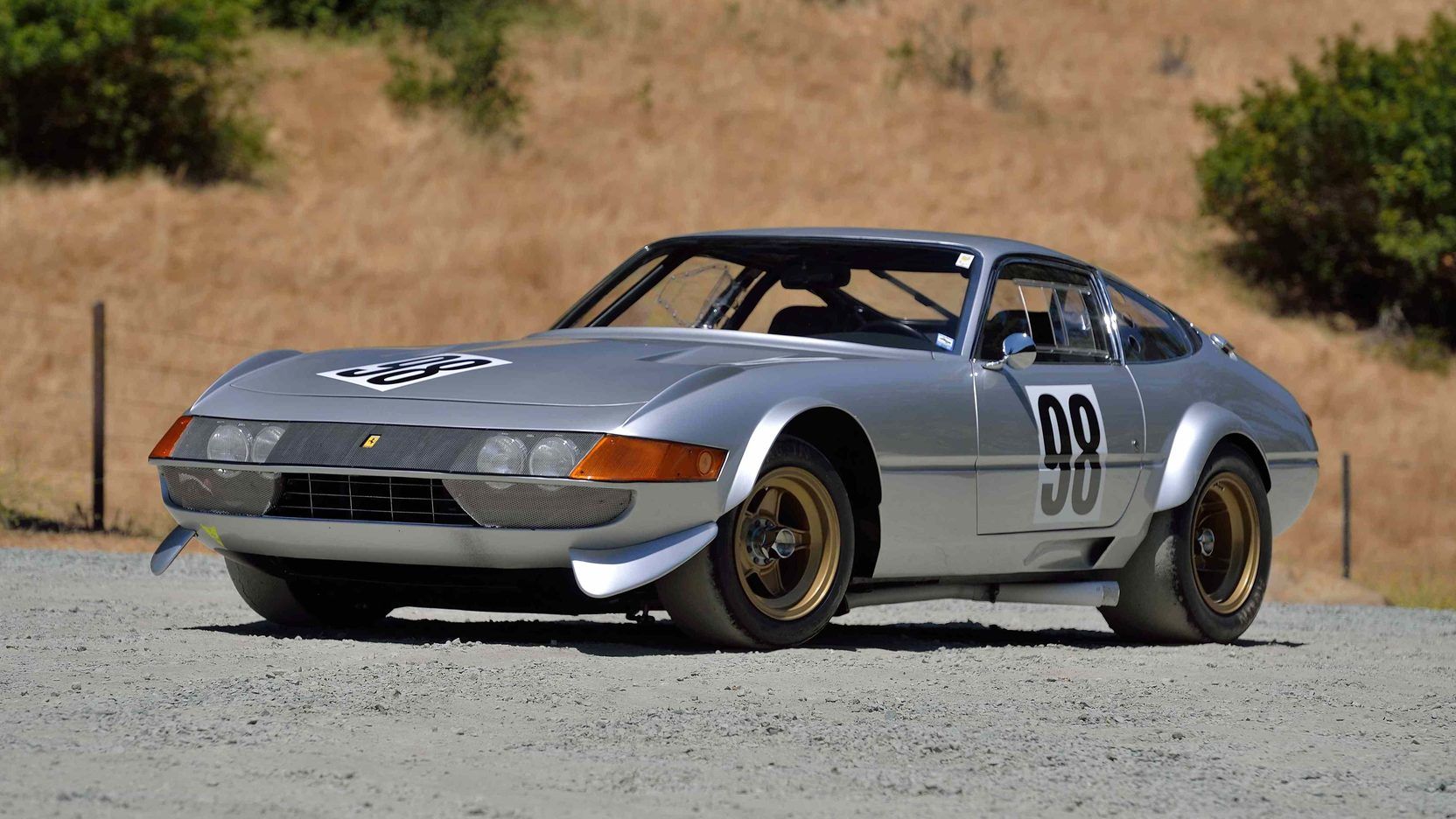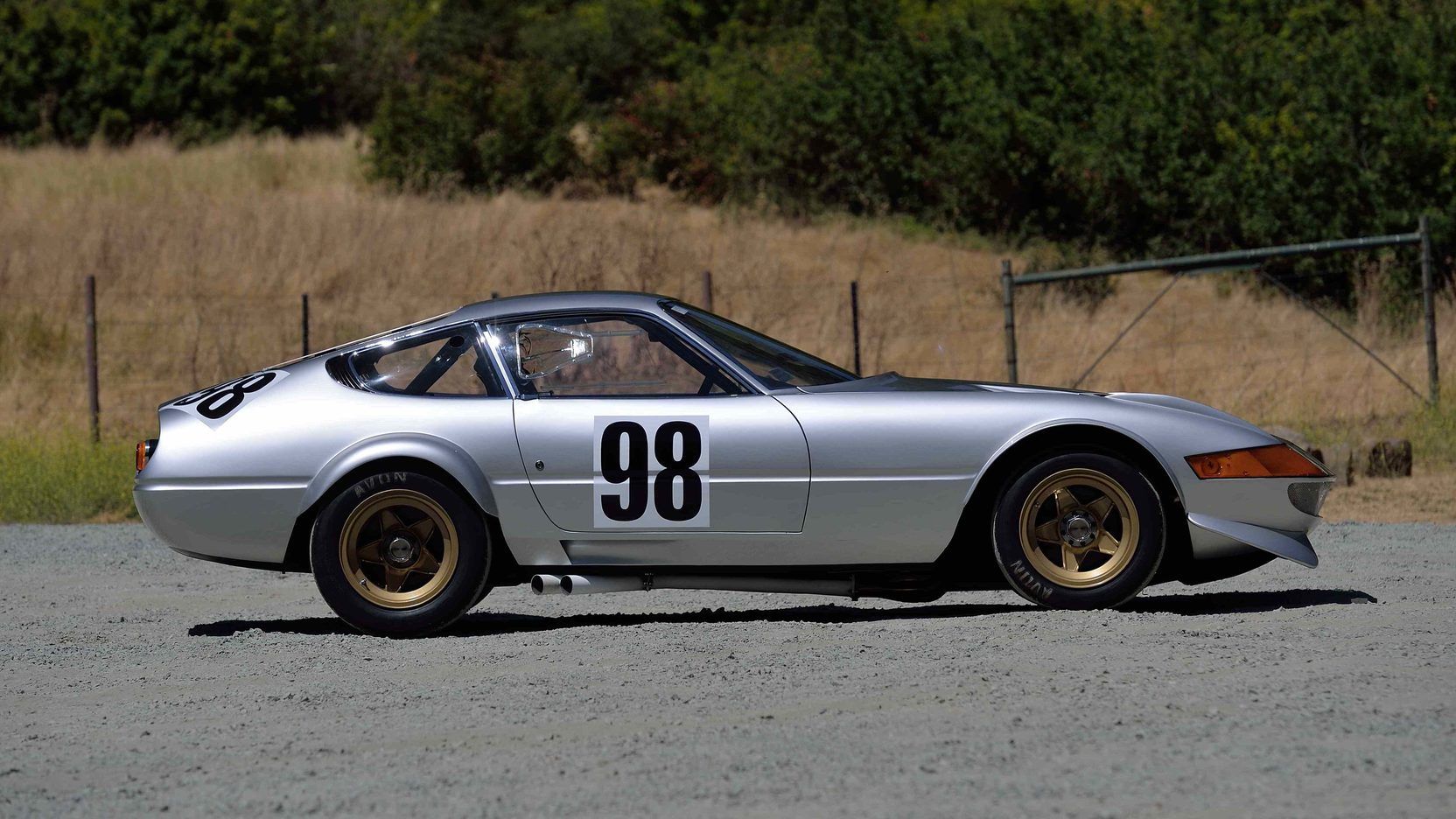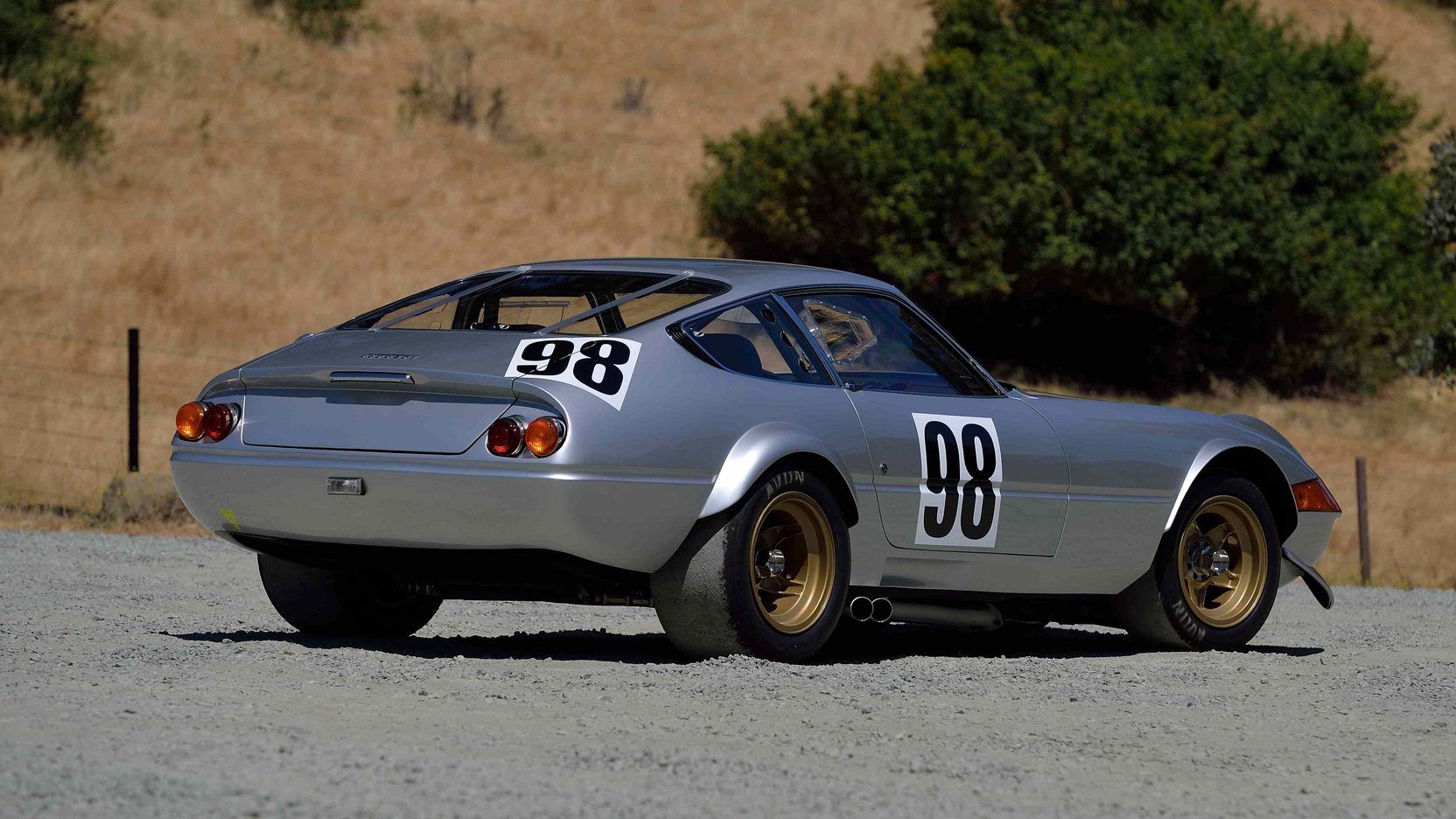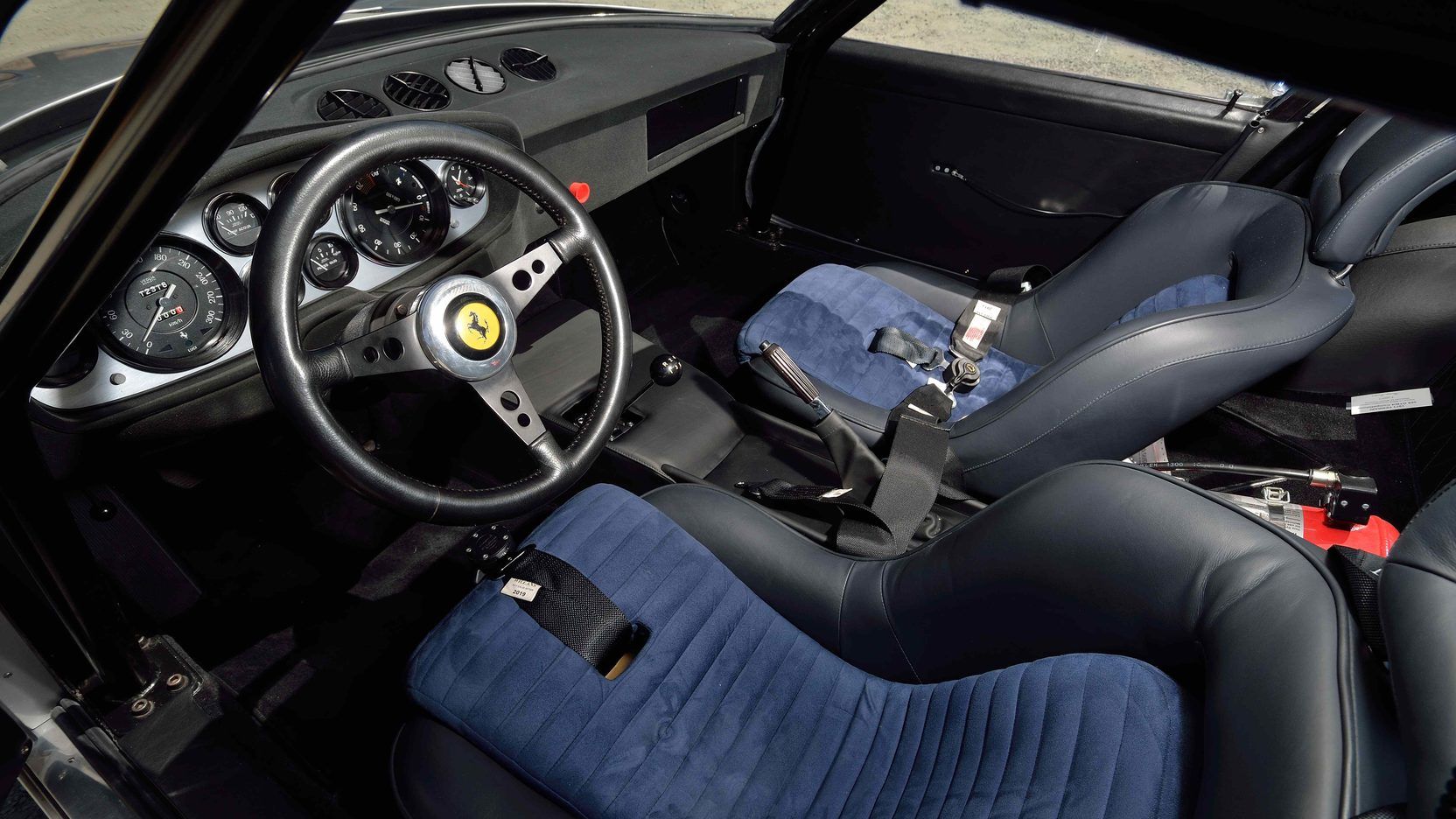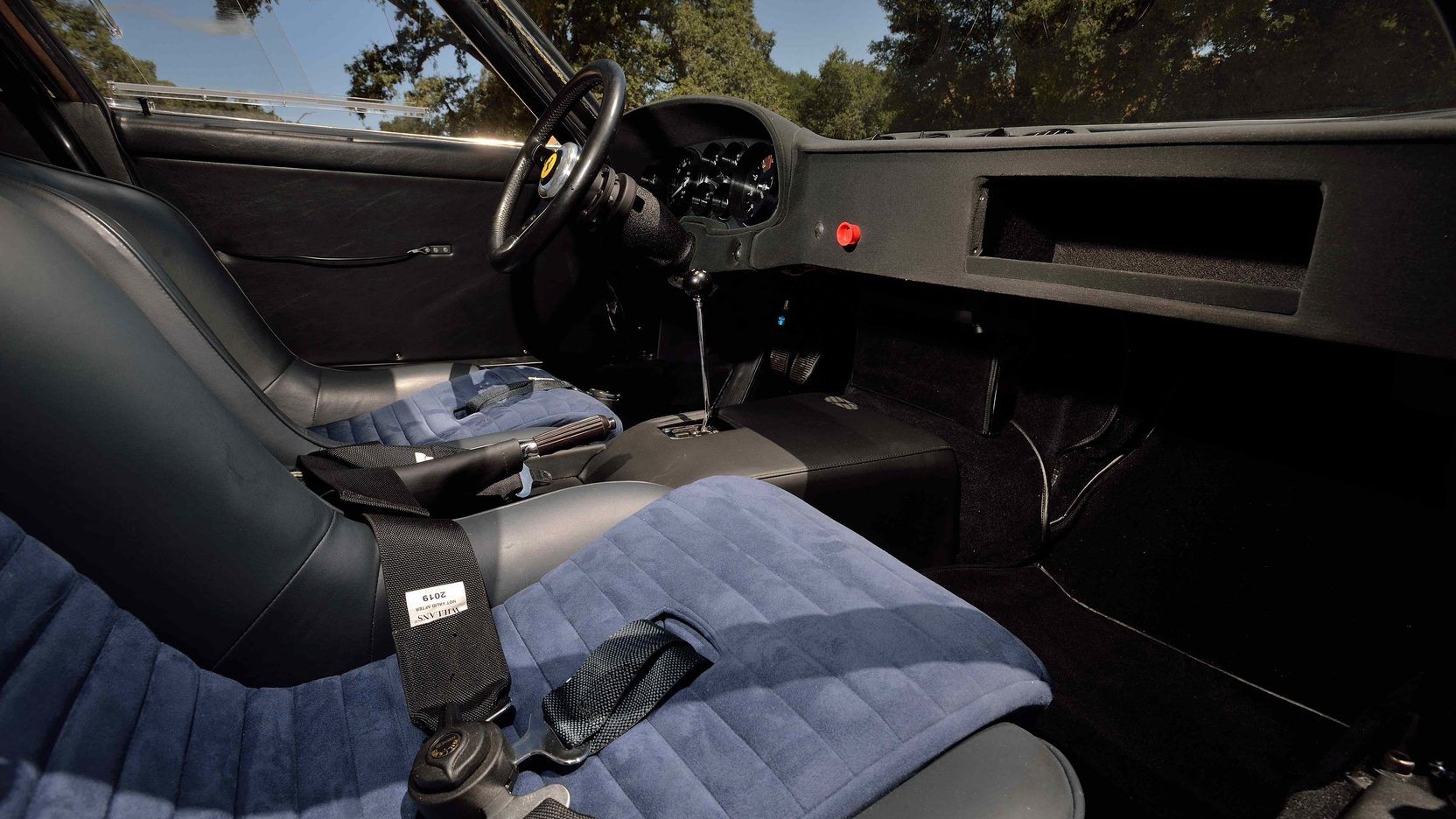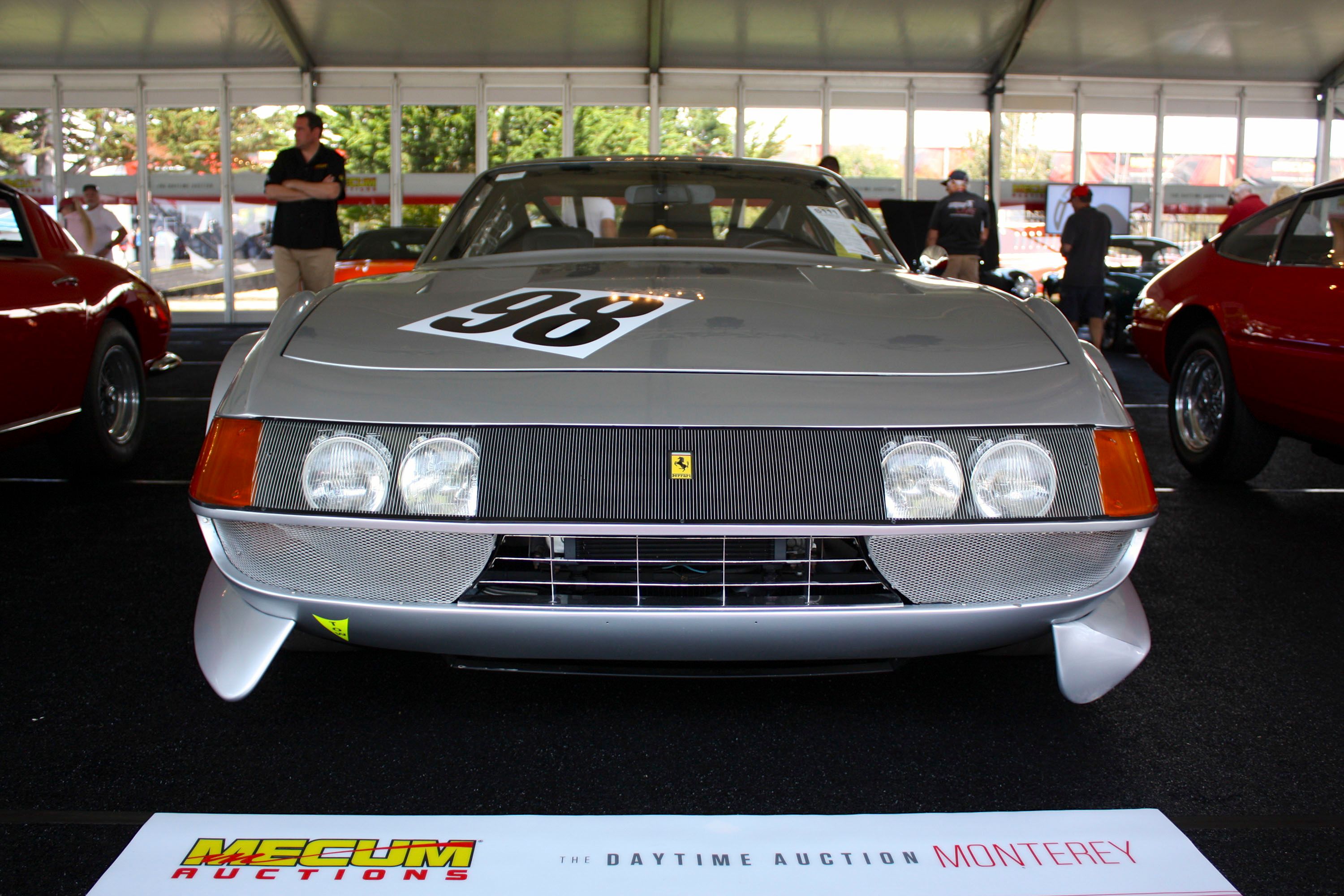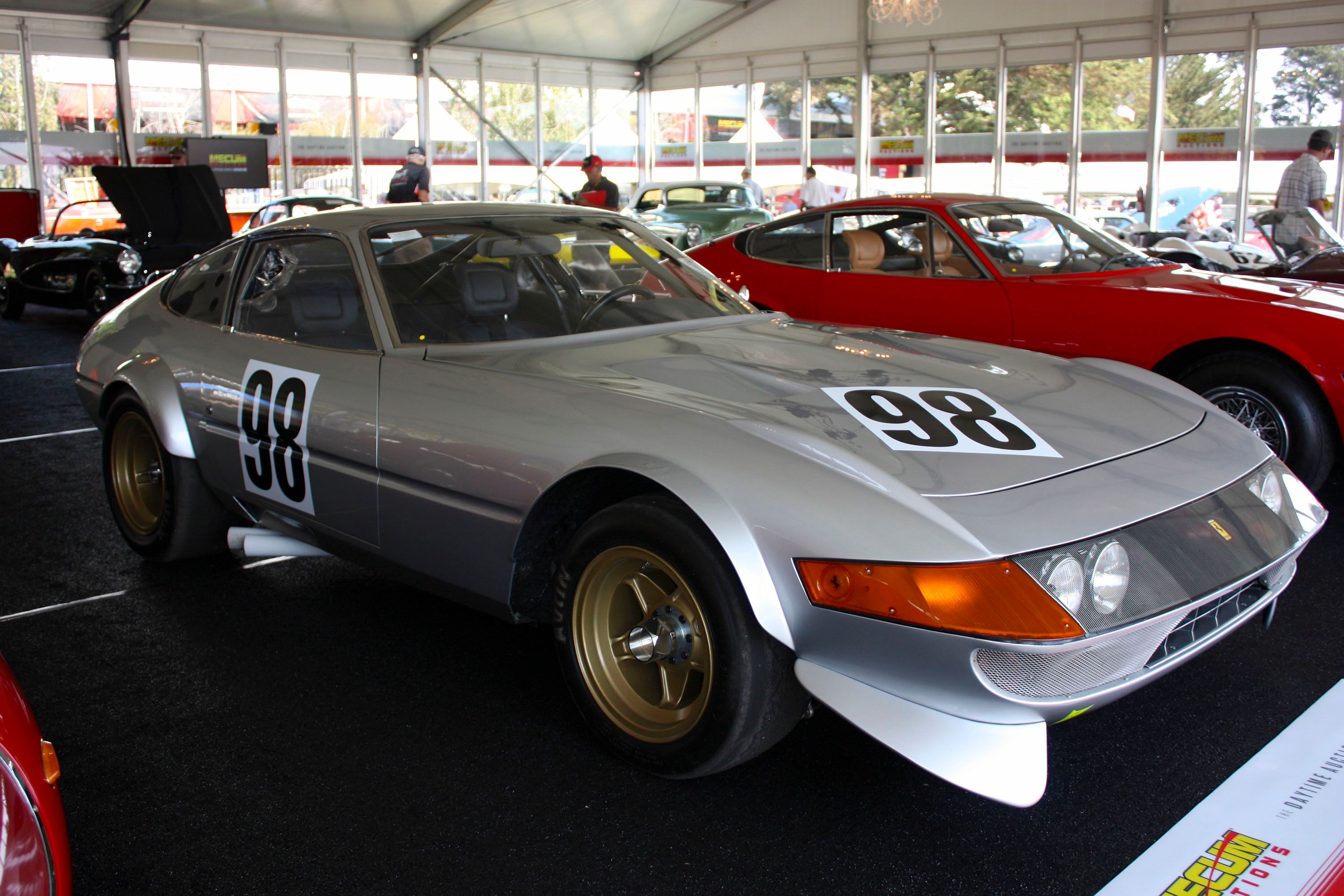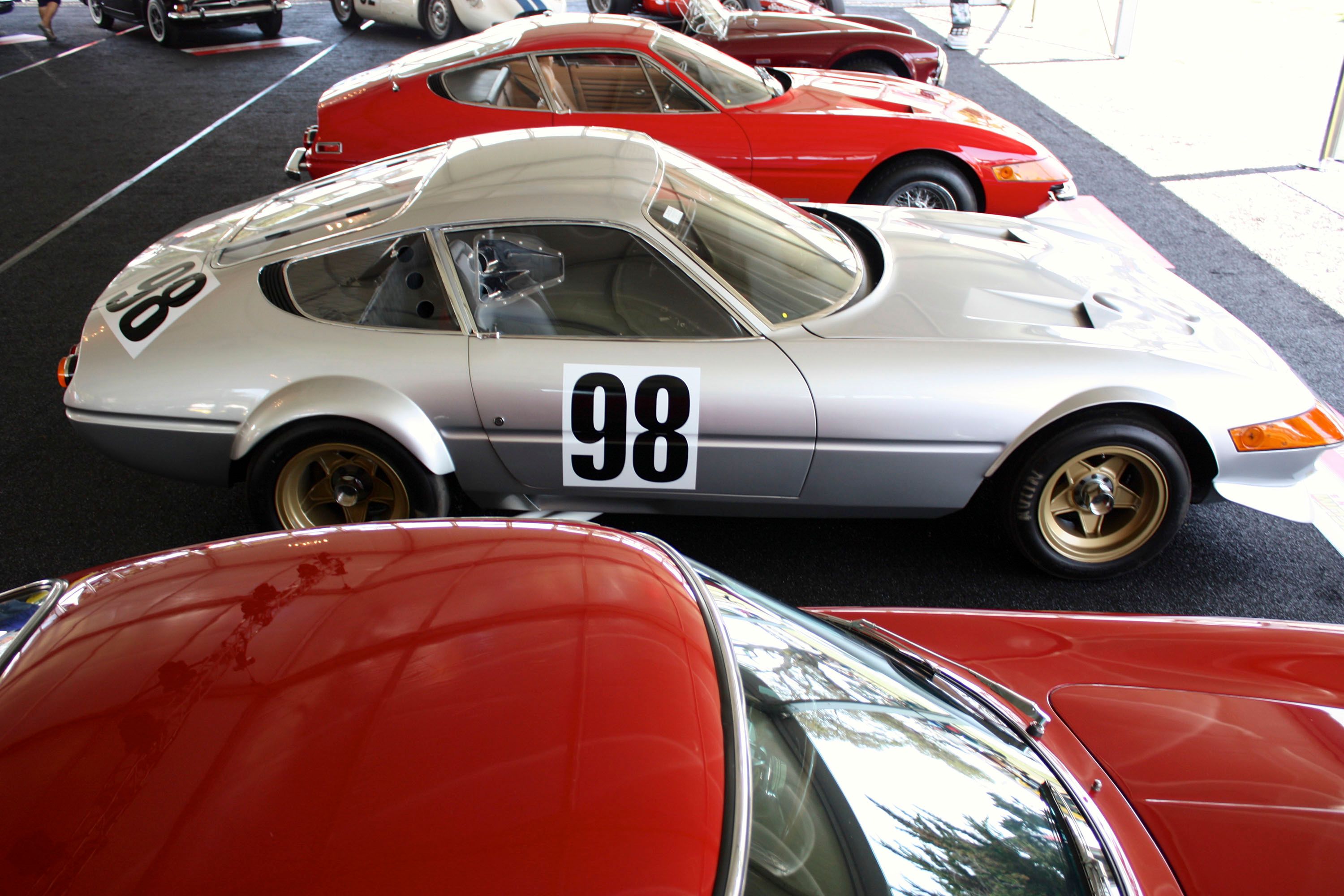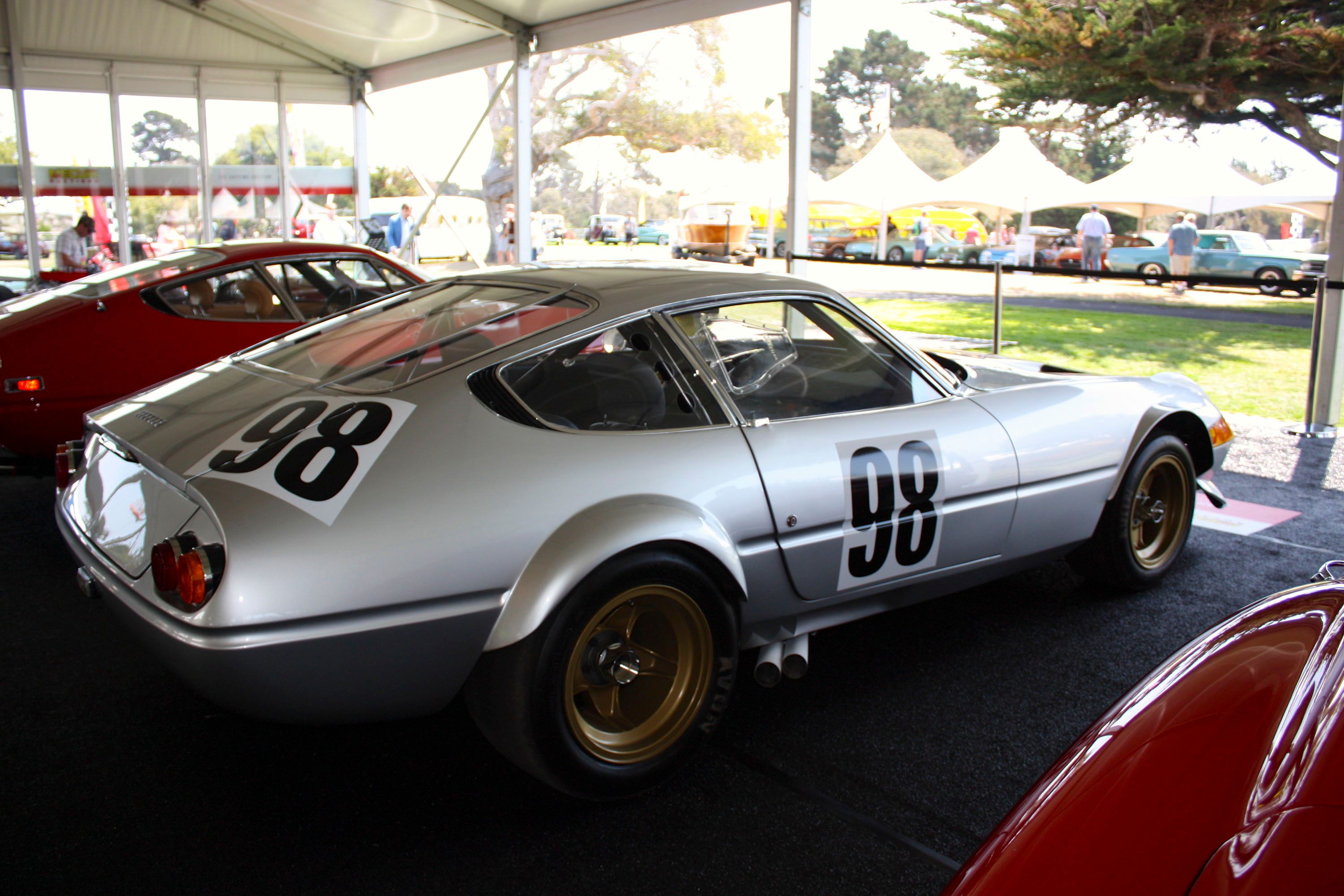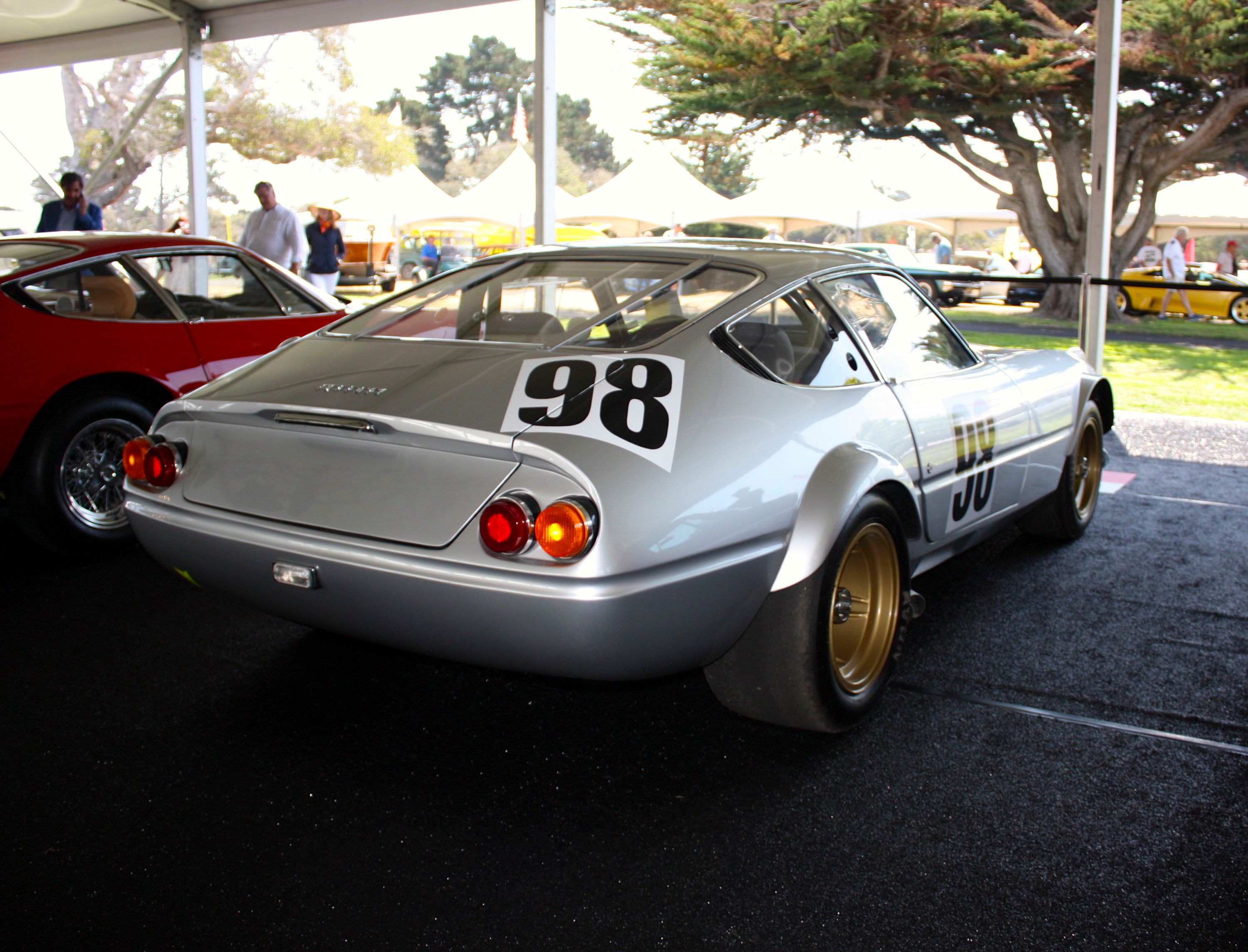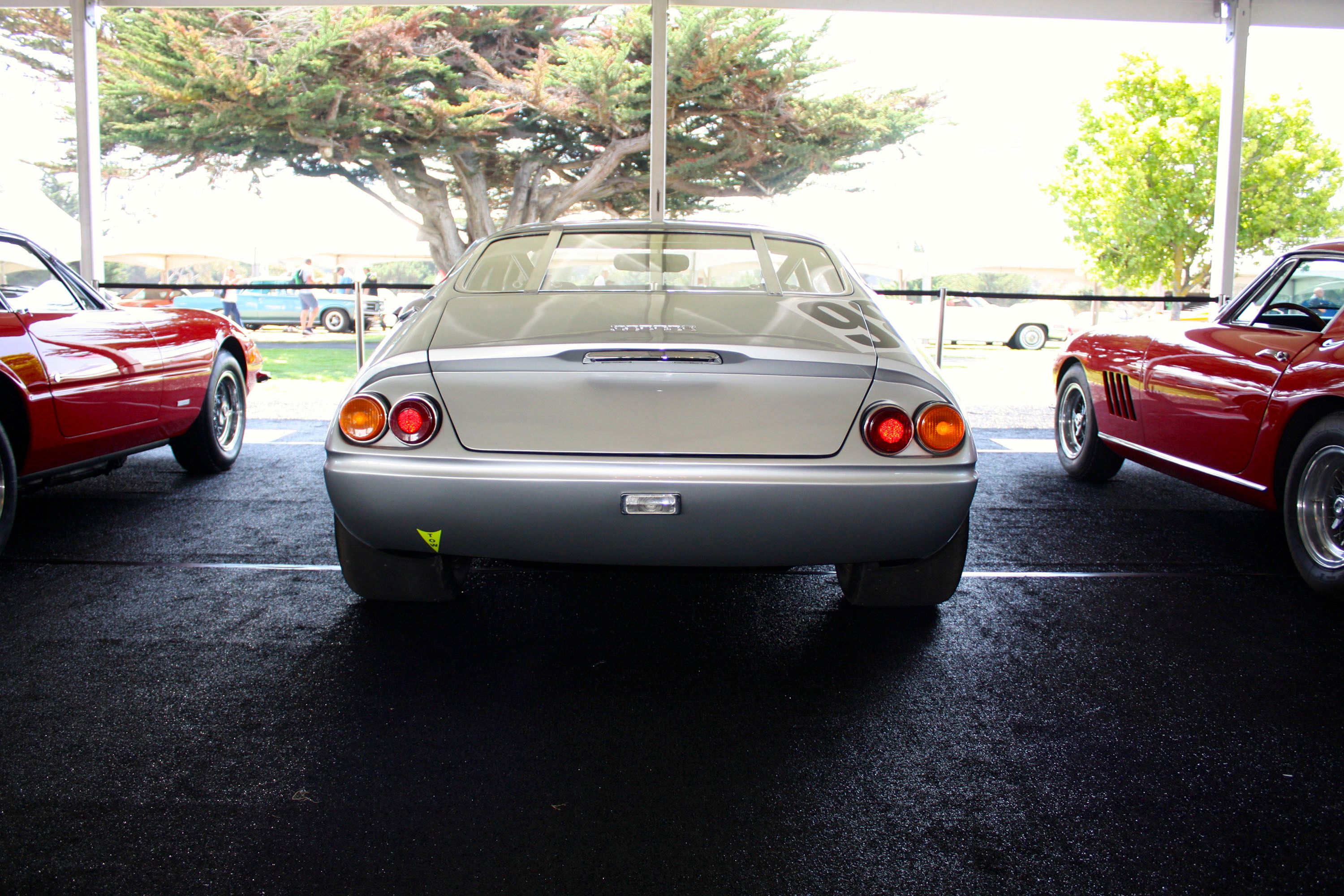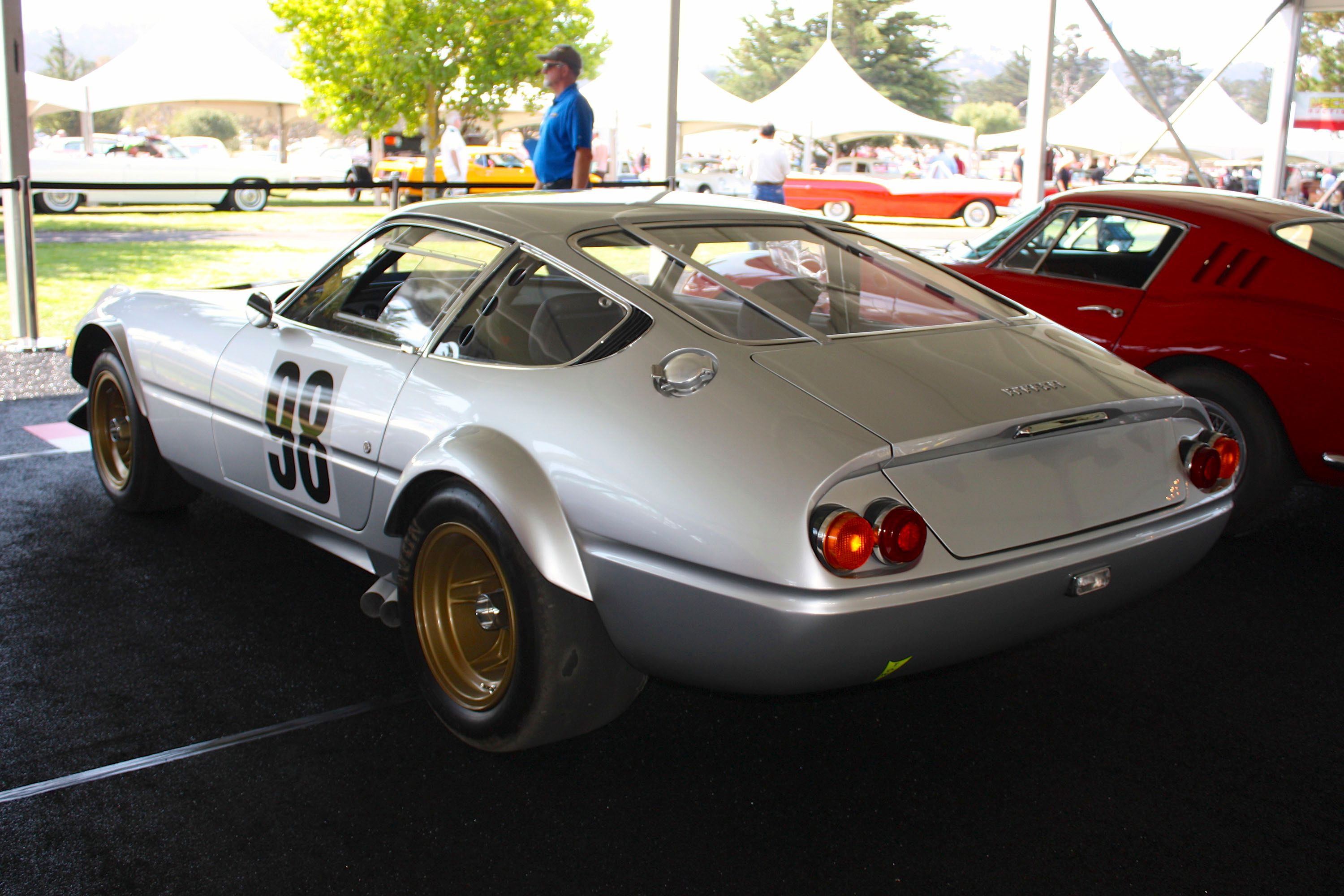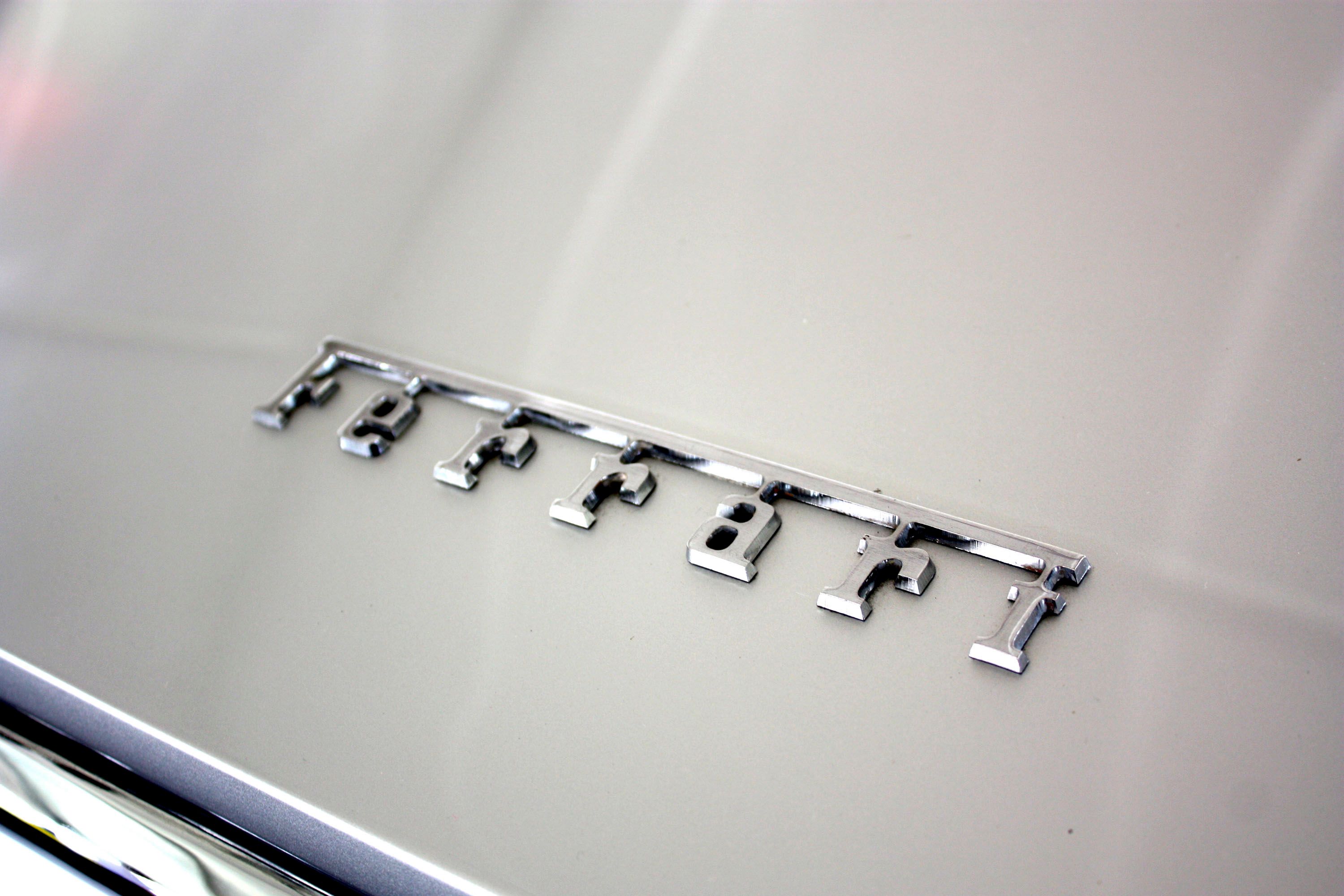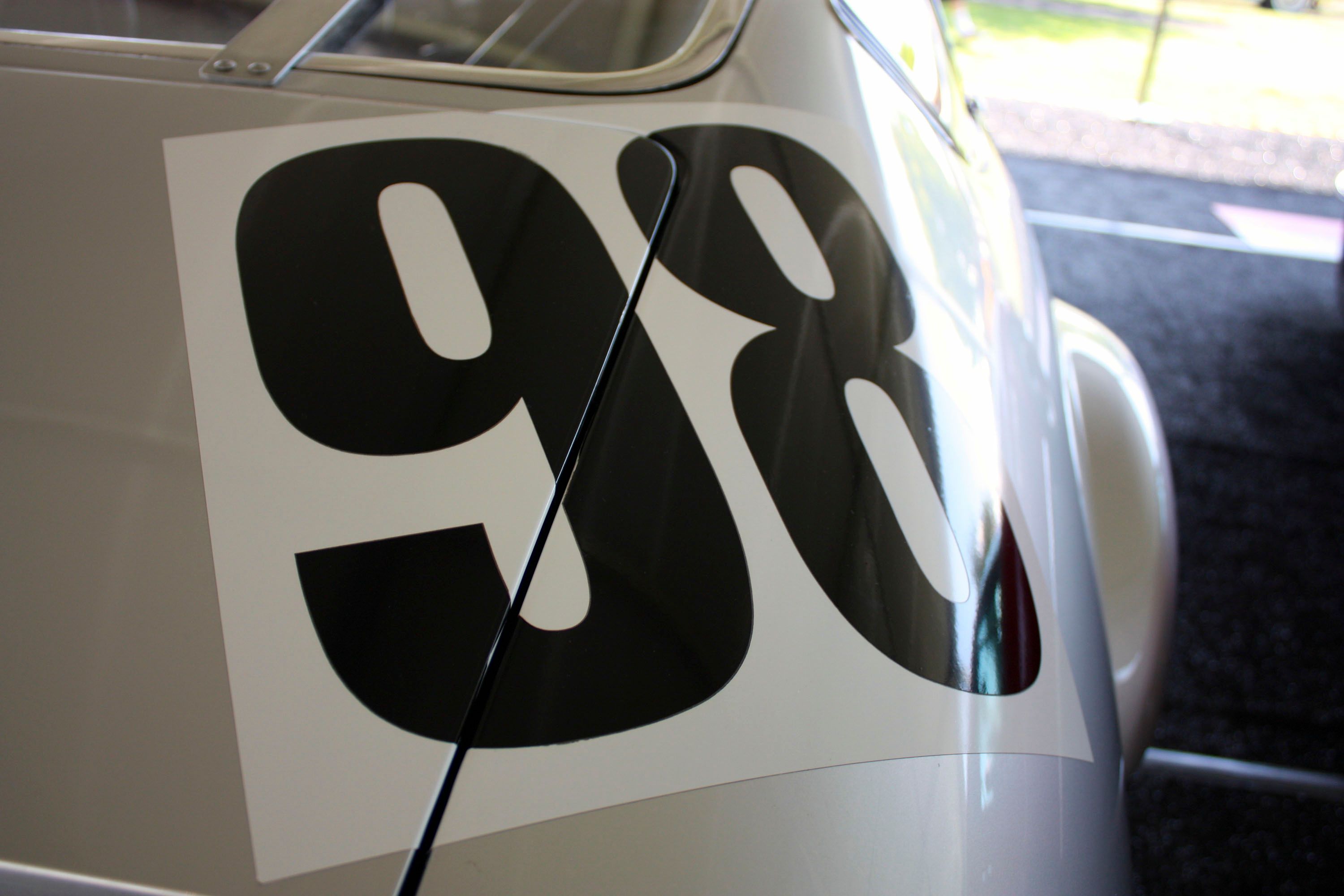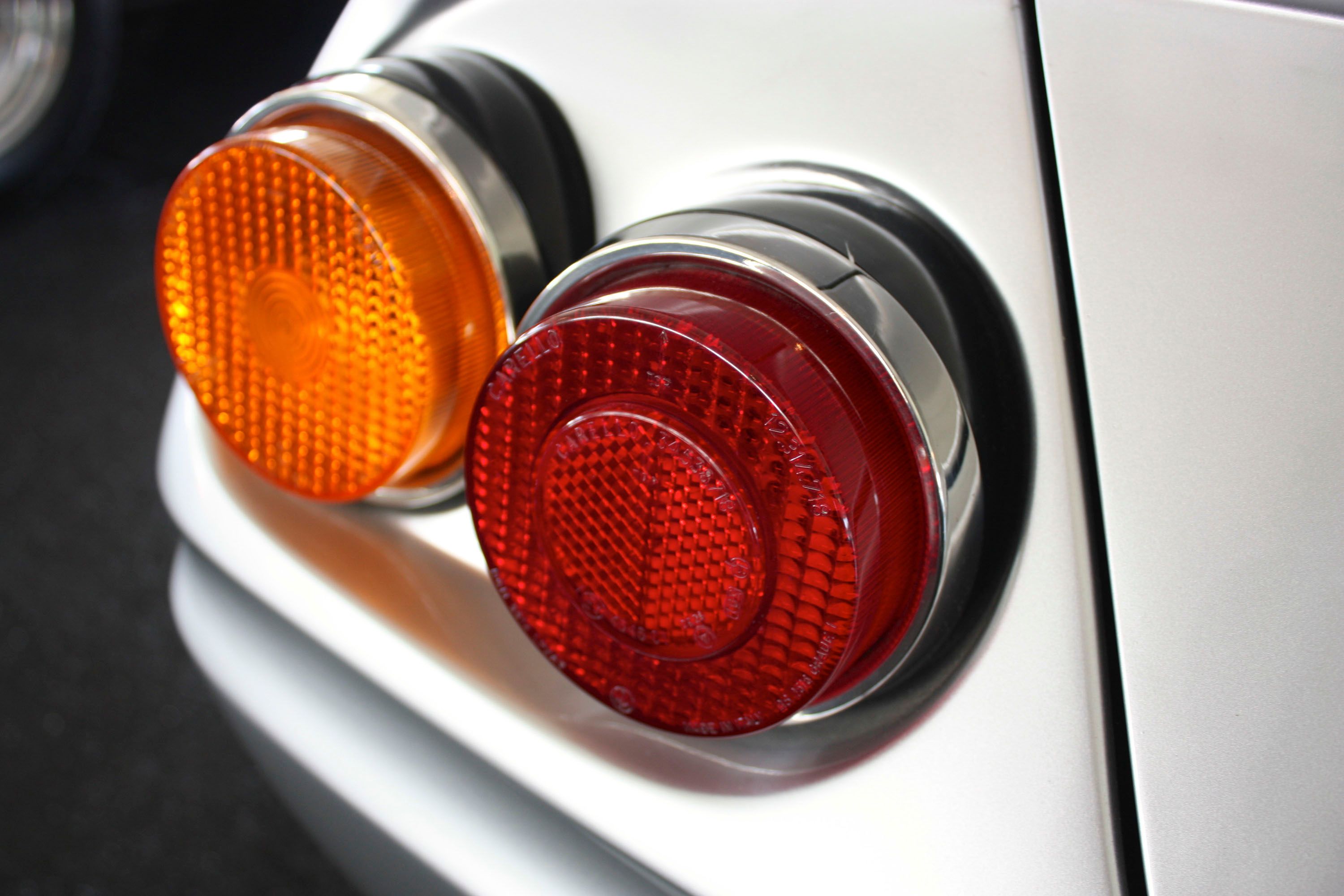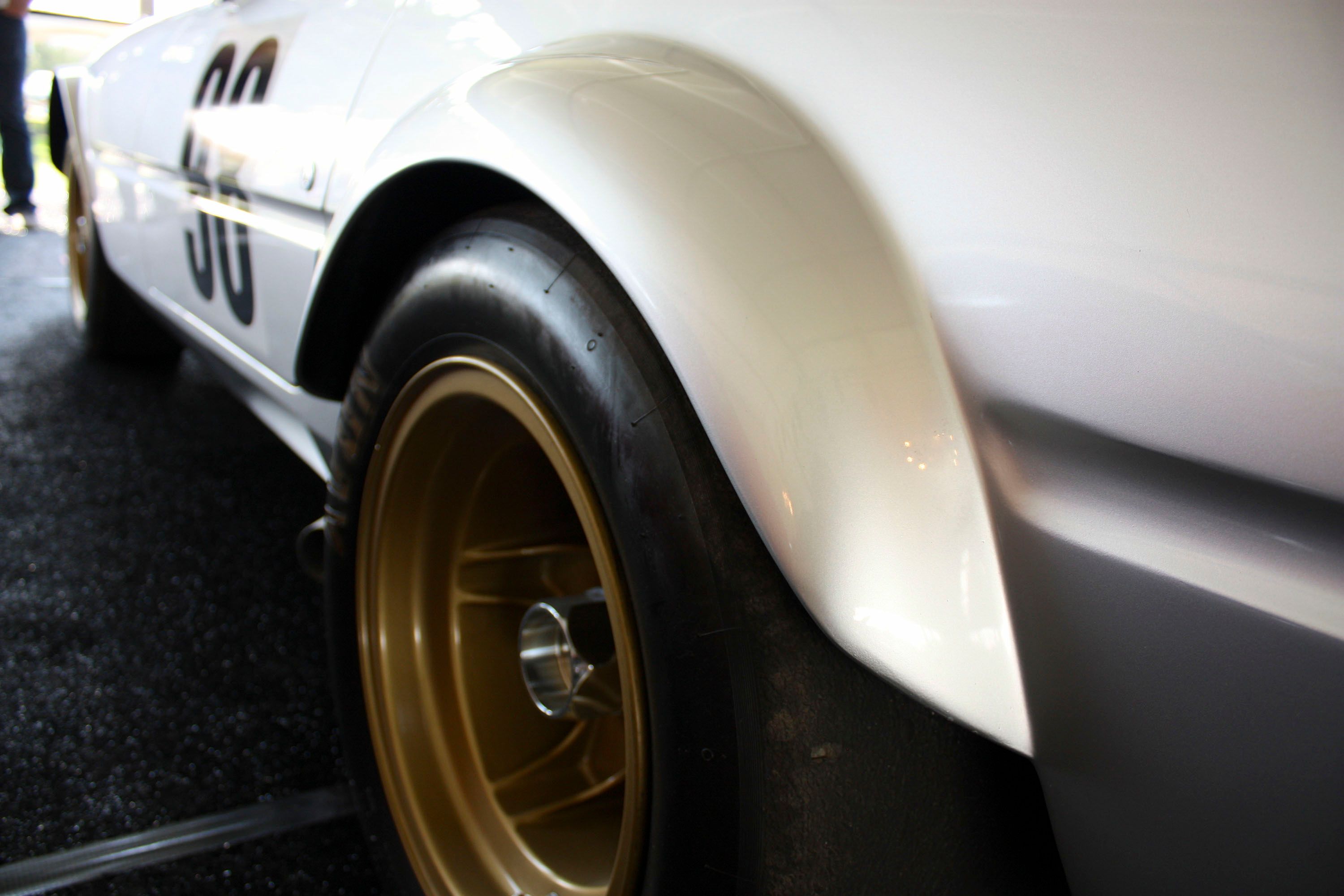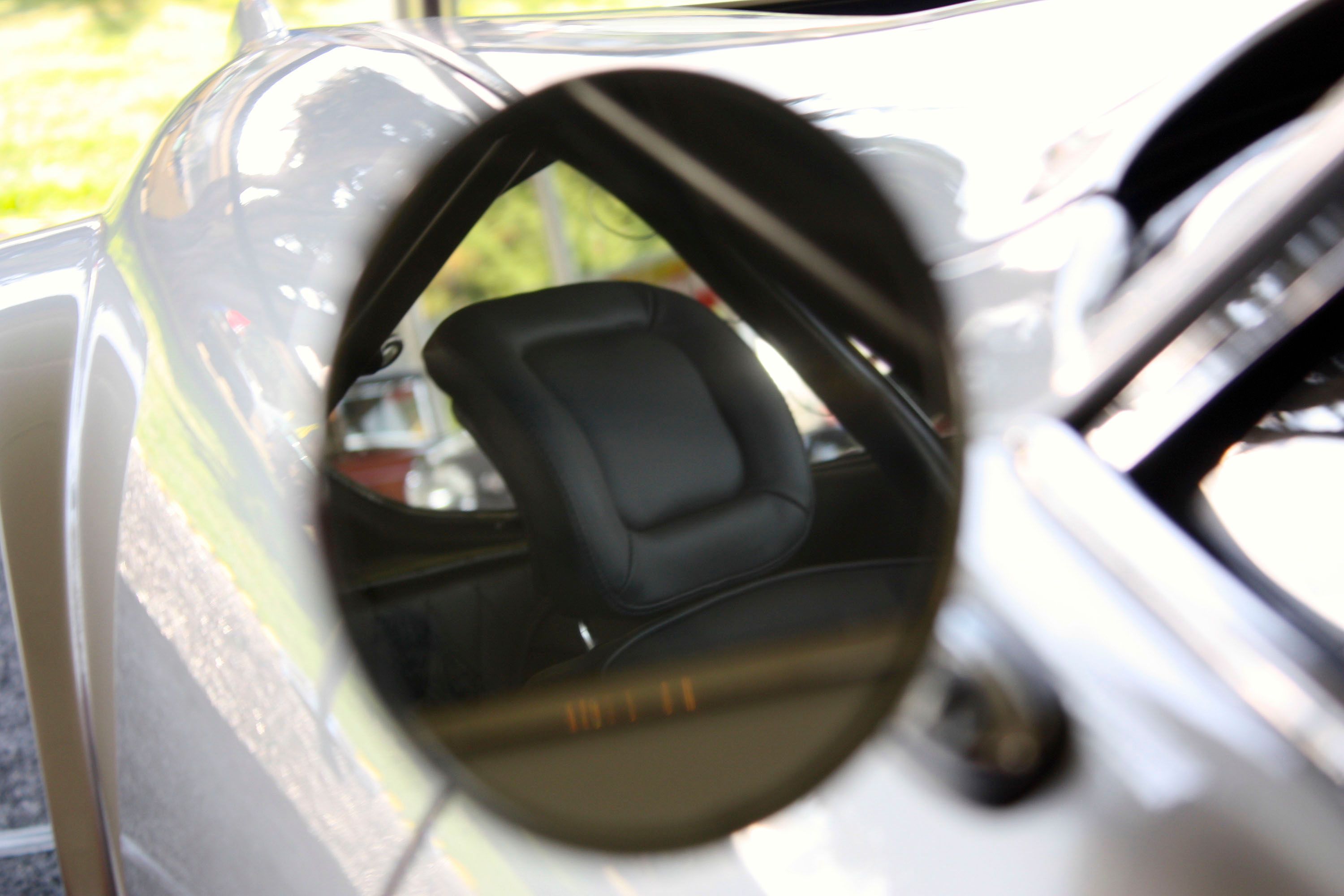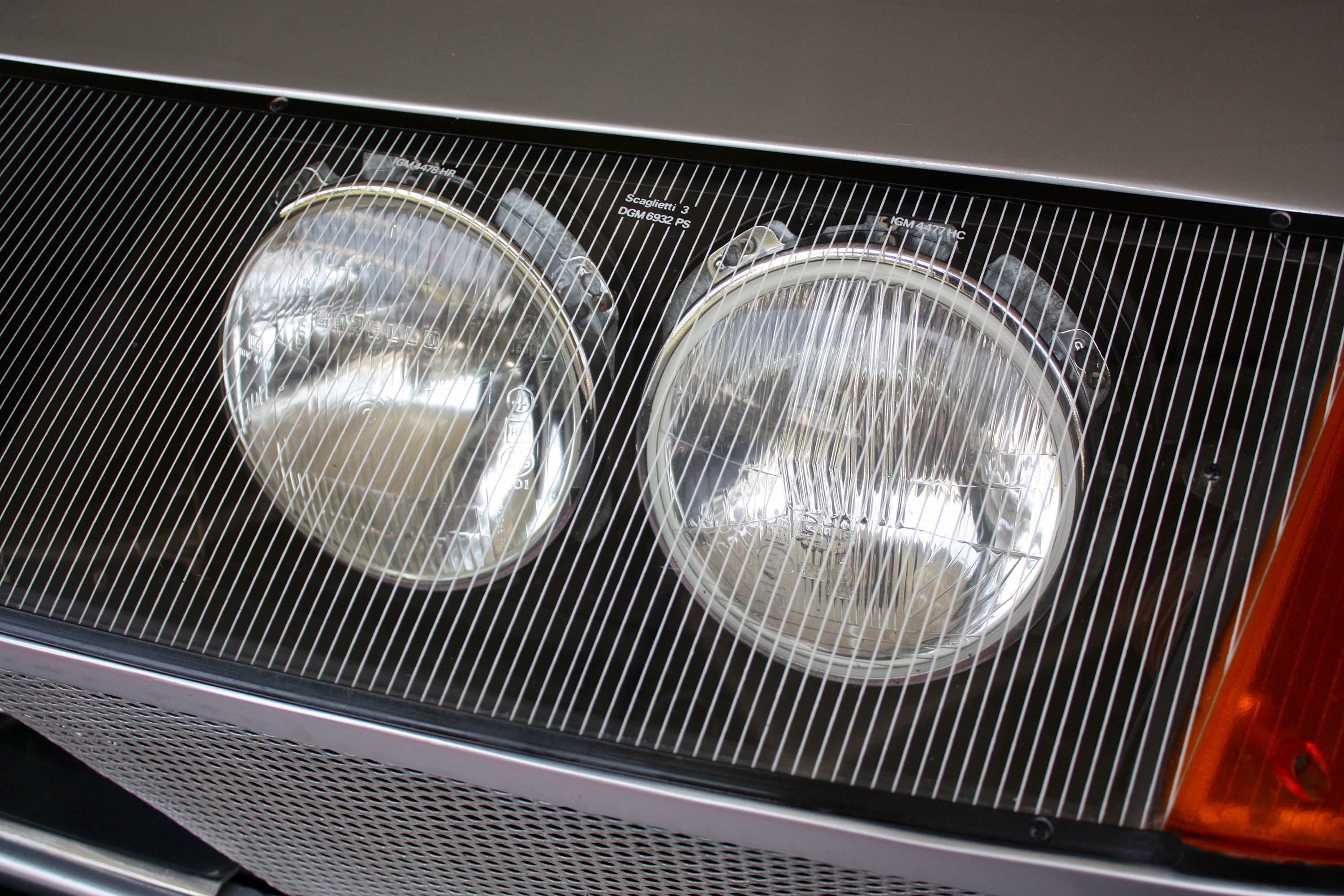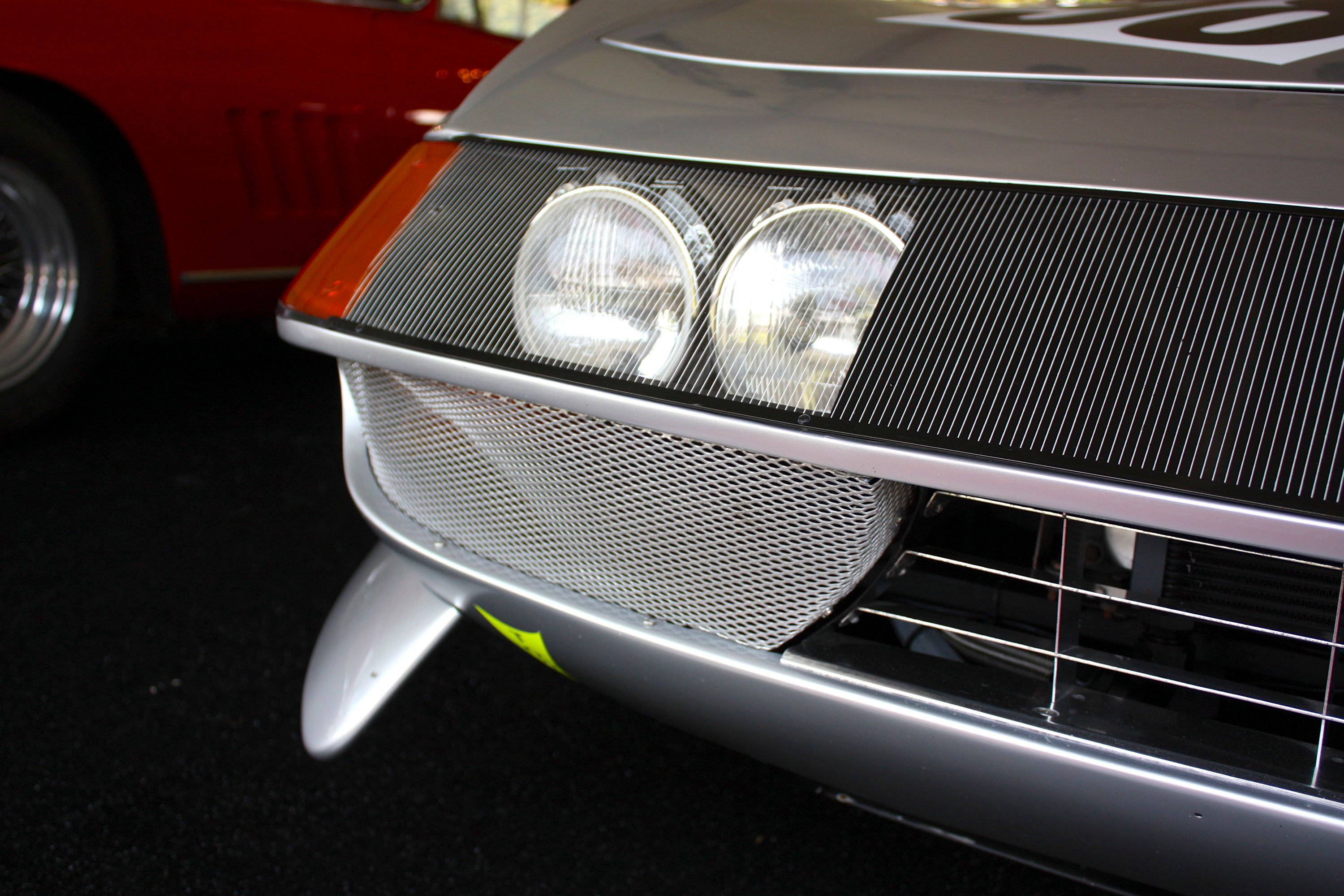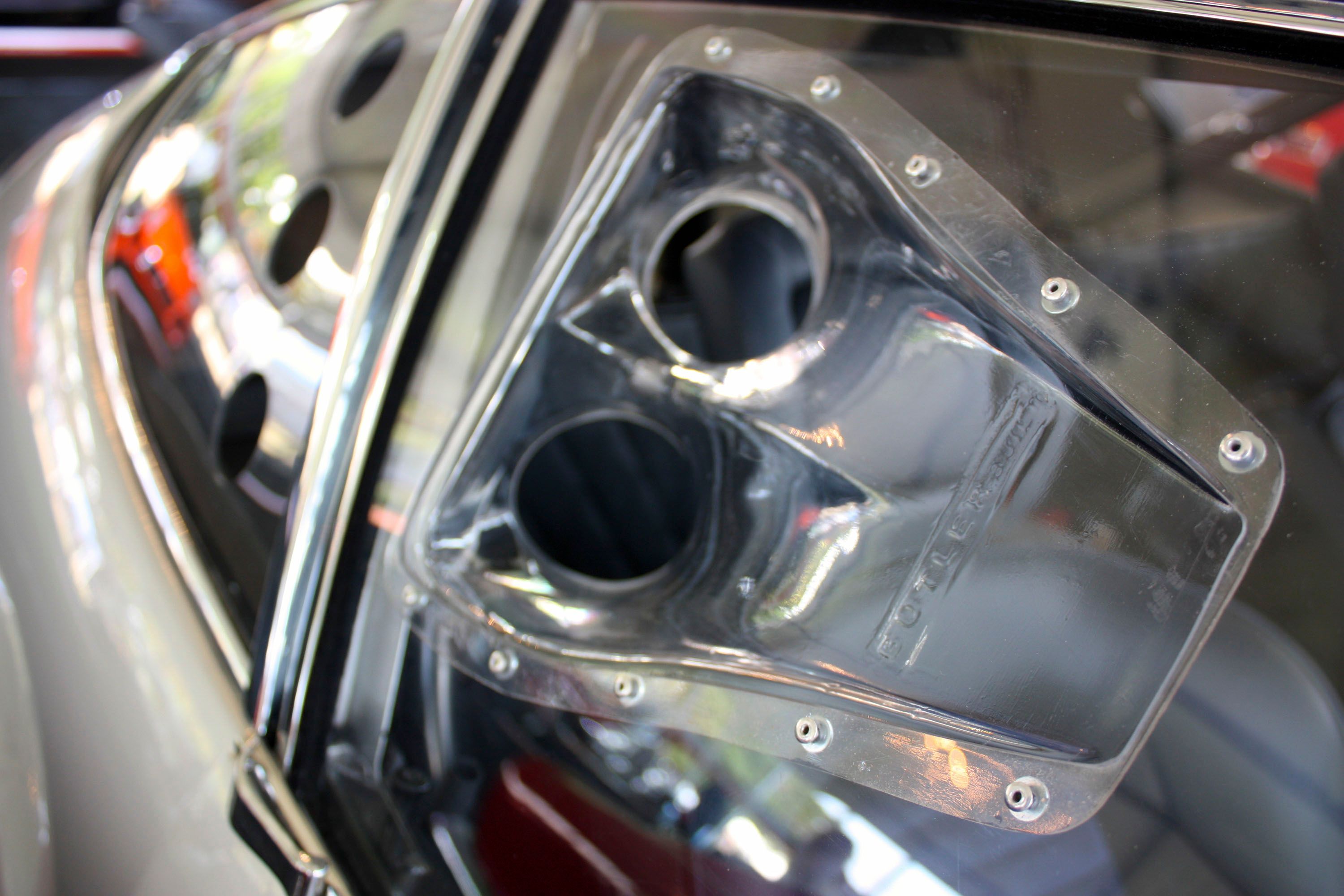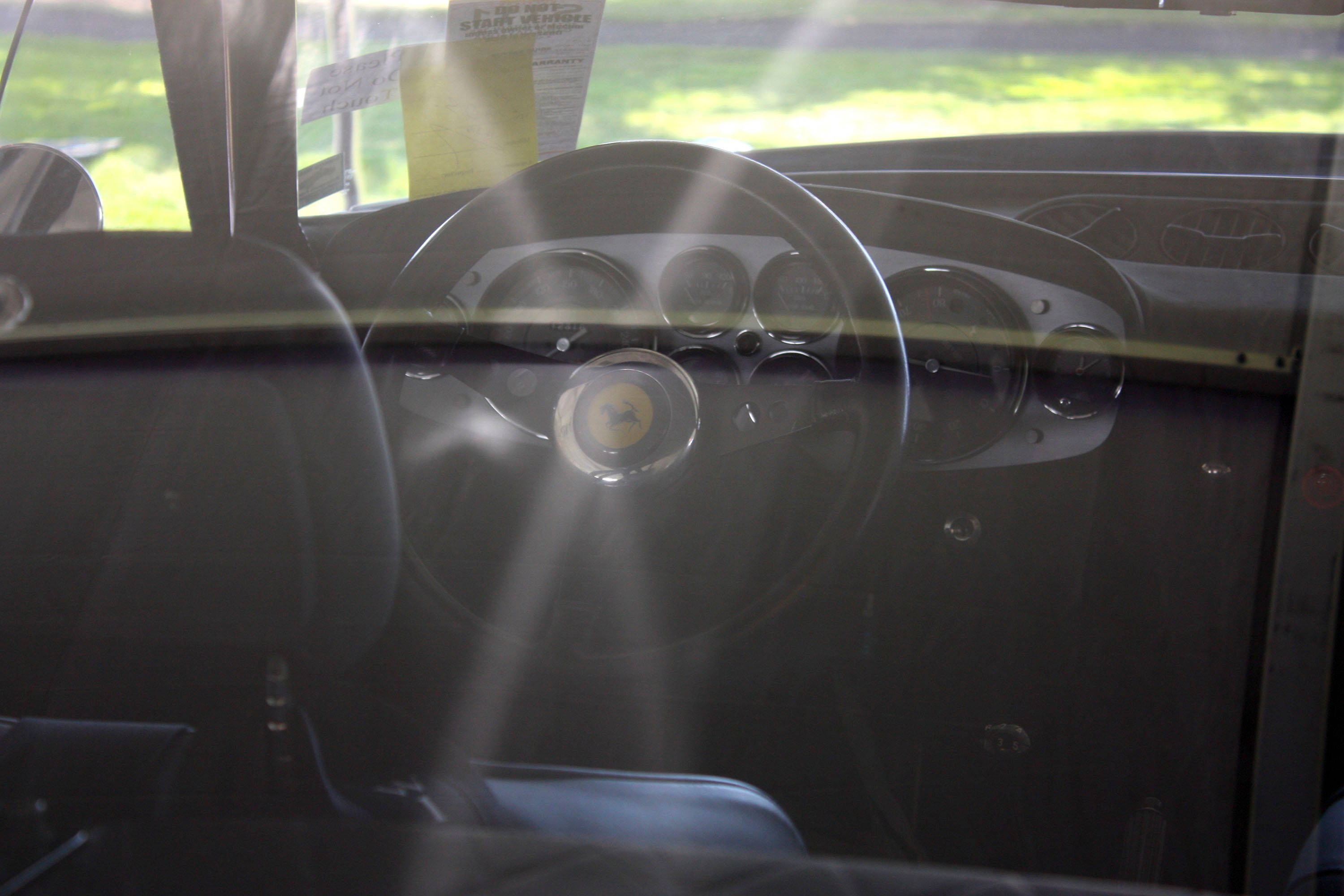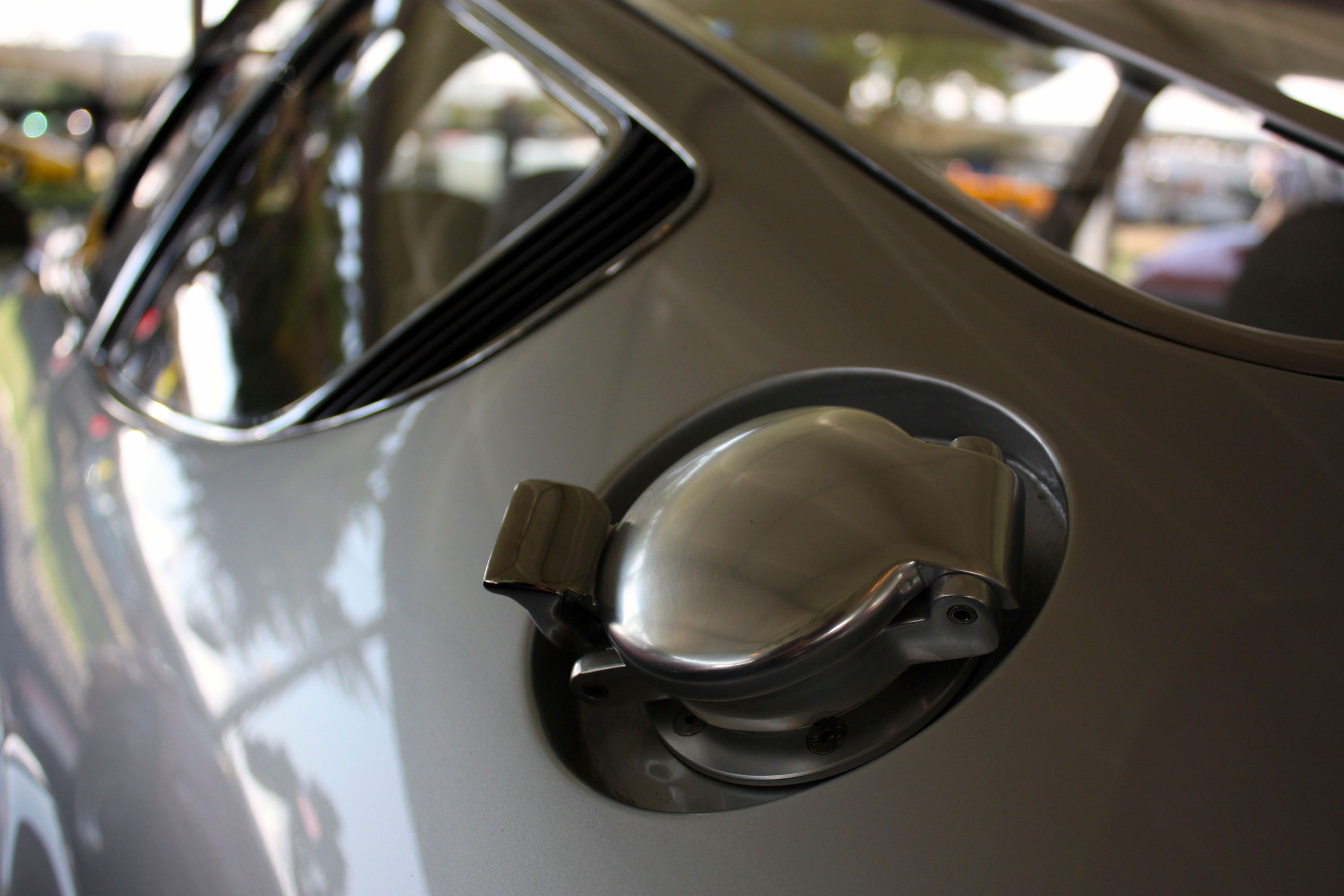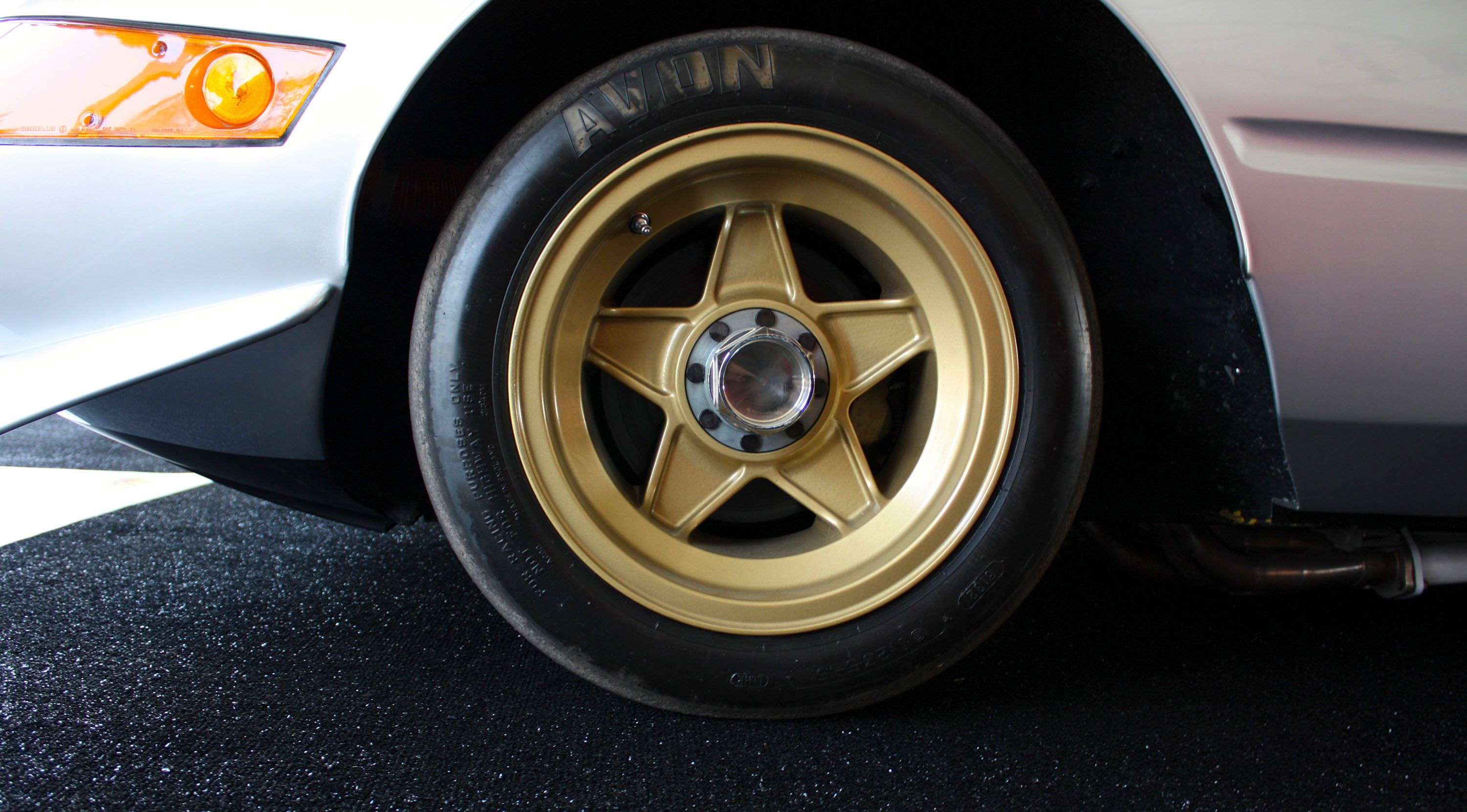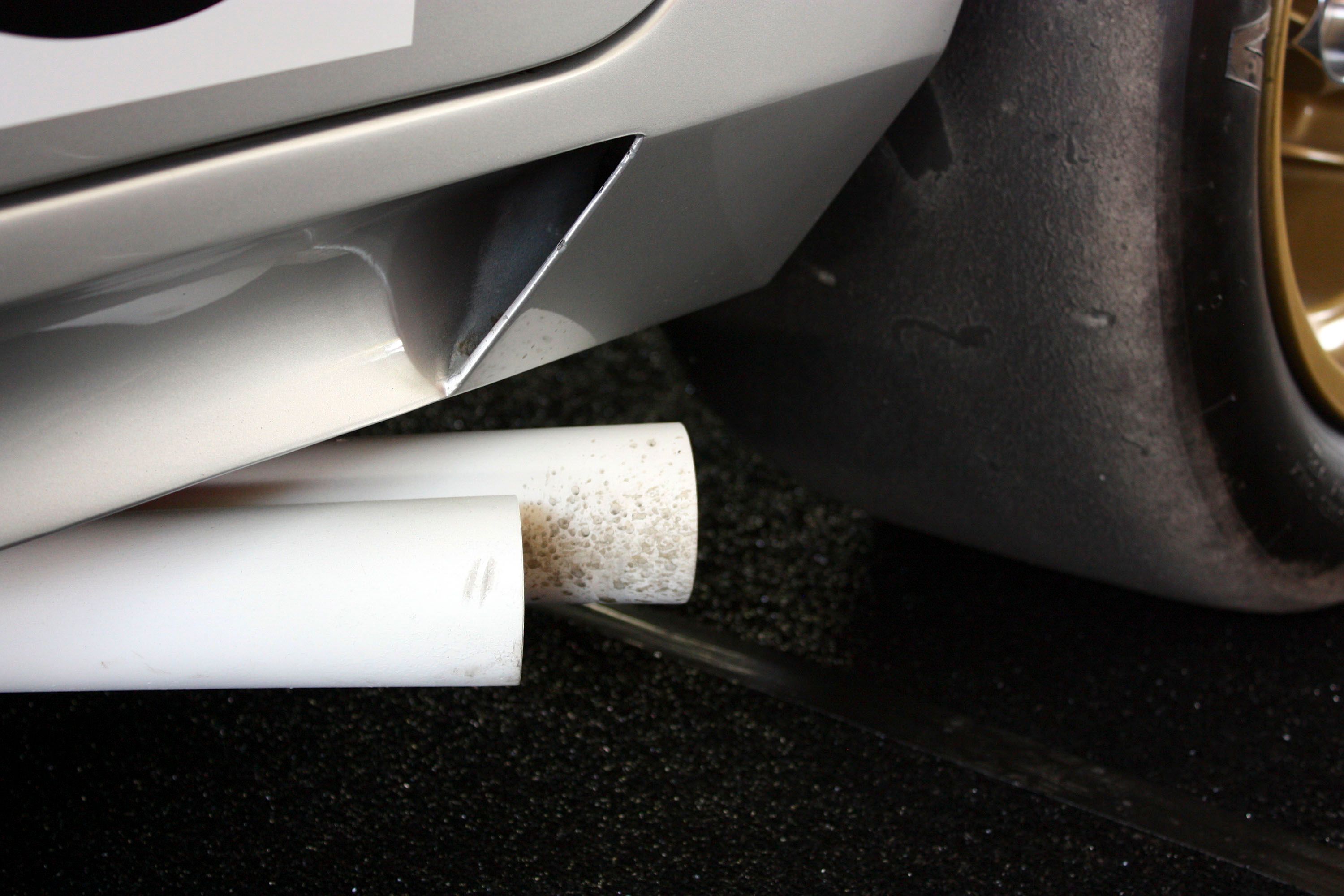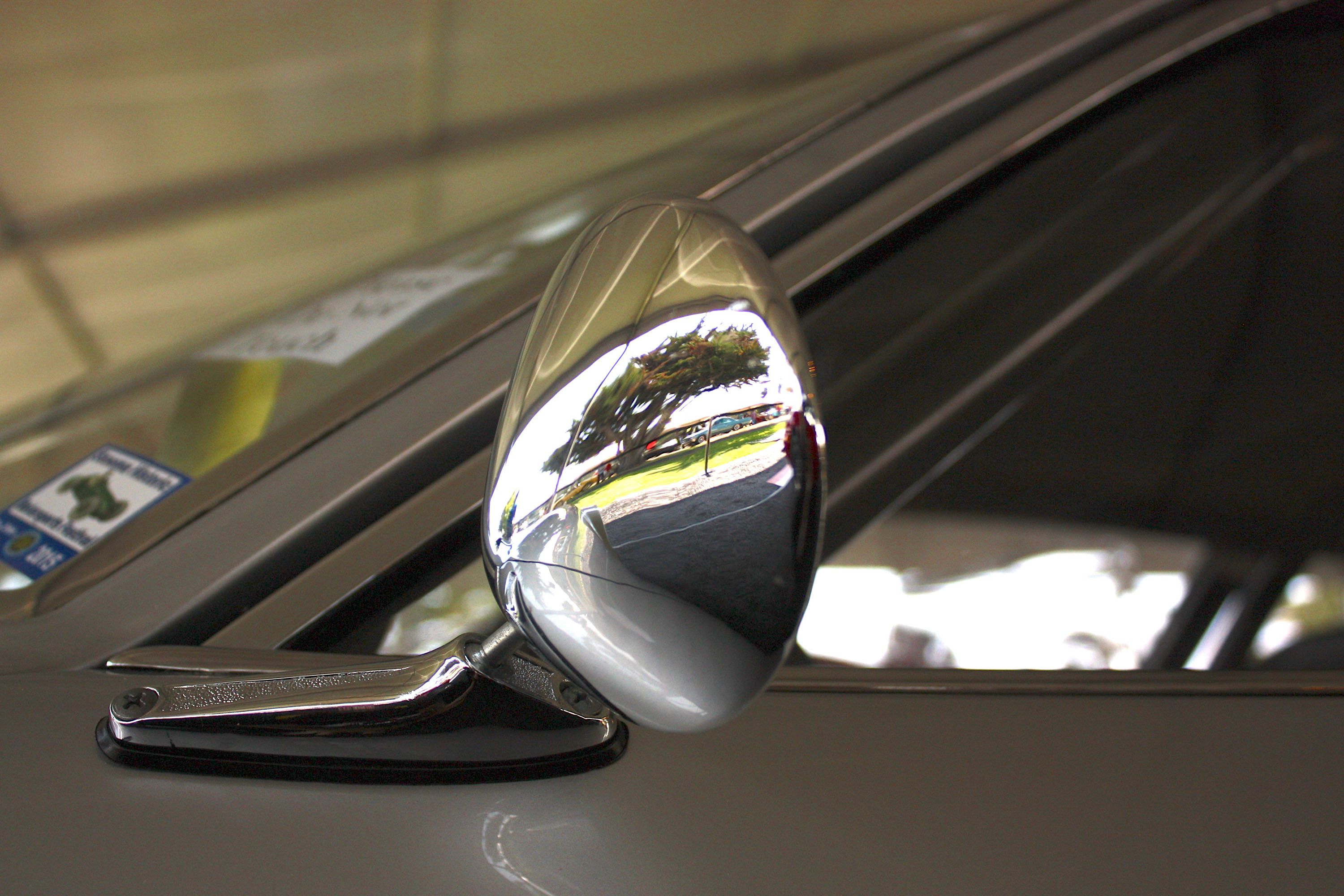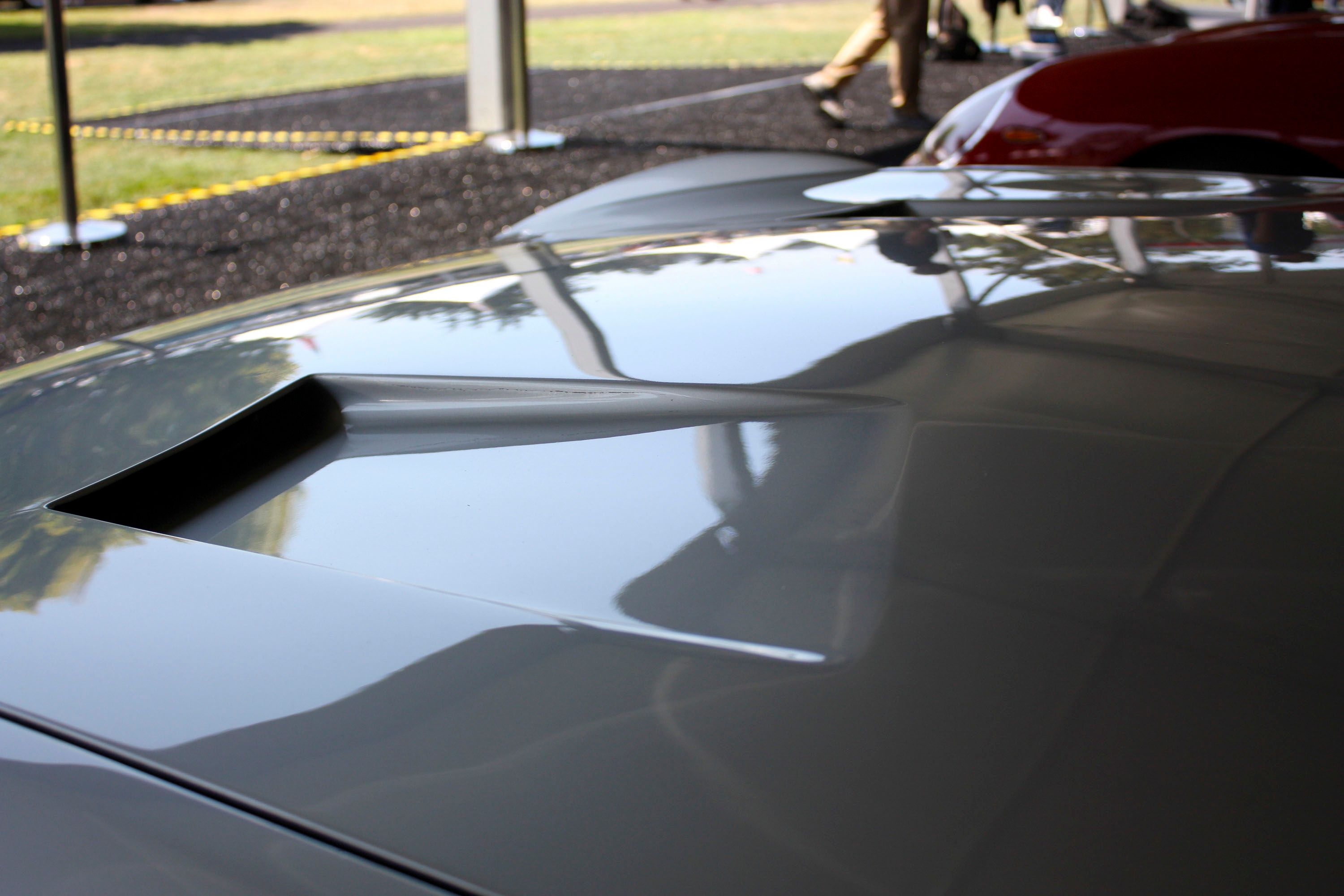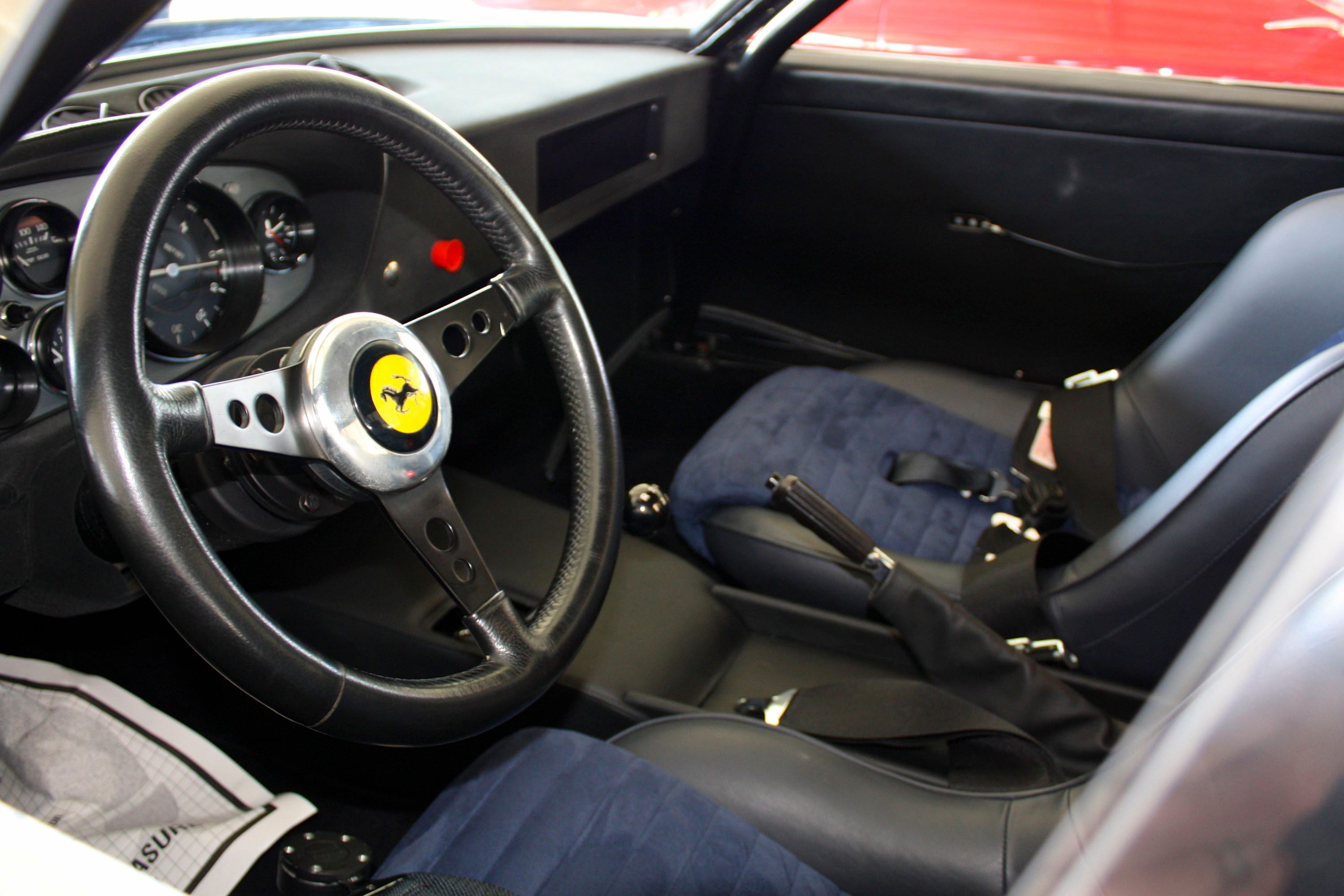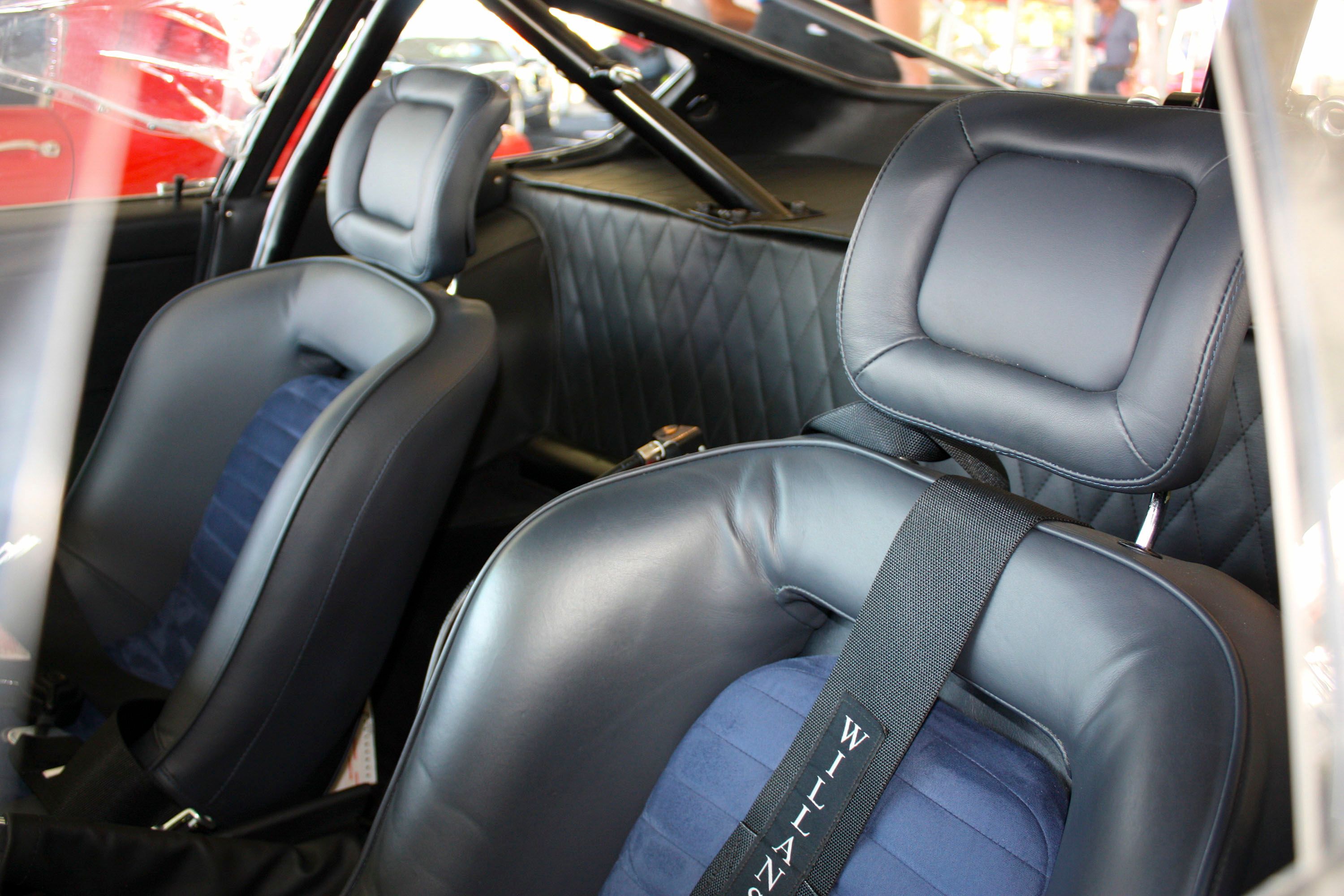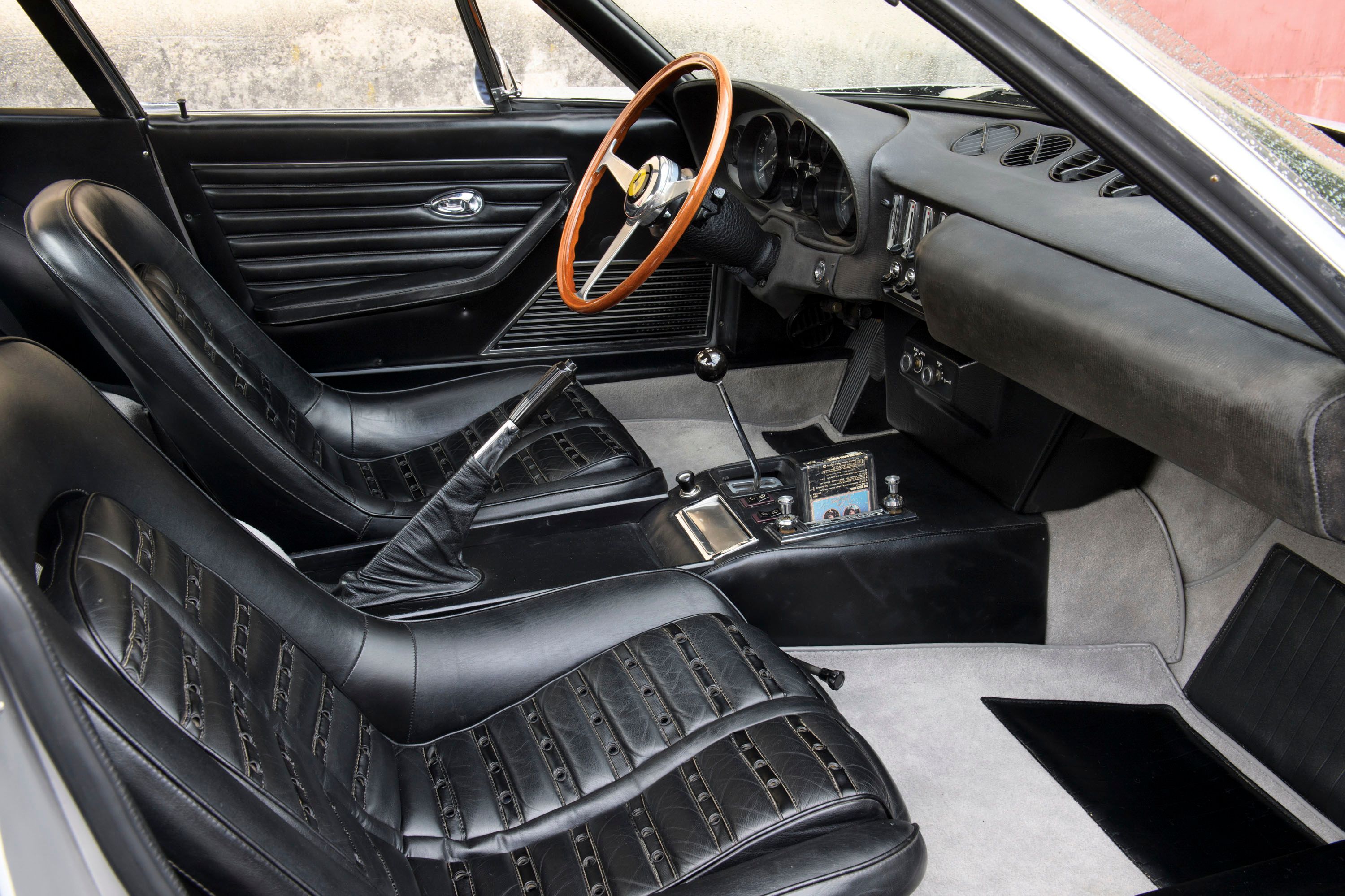These days, if its front-engine Italian grand touring that you’re after, the Ferrari 812 Superfast is the latest and greatest. While impressive in and of itself, the new 812 hails from a long line of F/R GT cars from the highly celebrated marque. In fact, we can trace its roots all the way back to this – the Ferrari Daytona. Originally dubbed the 365 GTB/4, this angular classic was popularized as the “Daytona” after Ferrari swept the podium at the 24 Hours of Daytona in 1967, and the name stuck ever since (even though Ferrari still insists on calling it the 365 GTB/4). First introduced at the 1968 Paris Auto Show, the Daytona was ushered in as a replacement for the Ferrari 275 GTB/4, and came equipped with a larger Colombo V-12 engine, independent suspension, and the right stuff for high-speed cruising.
The Daytona was offered in two distinct body styles, including the GTB/4 Berlinetta, and the much more rare GTS/4 Spider. A handful of racing versions were created as well. Production lasted until 1973 with nearly 1,300 units built in total, after which the mid-engine 365 GT4 Berlinetta Boxer replaced the Daytona in 1973. Now, the Daytona is a classic collectible automobile, with some examples easily eclipsing the seven-figure mark at auction. So what makes it so great? Read on to find out.
Continue reading to learn more about the Ferrari 365 GTB/4 and GTS/4 Daytona.
1968 Ferrari 365 GTB/4 and GTS/4 “Daytona”
- Make: Array
- Model: 1968 Ferrari 365 GTB/4 and GTS/4 “Daytona”
- Engine/Motor: V12
- Horsepower: 352 @ 7500
- Torque: 317 @ 5500
- [do not use] Vehicle Model: Array
Exterior
As previously stated, the Ferrari Daytona was offered in two distinct body styles. The more common is the Berlinetta, which is identifiable as an aggressive–looking coupe with cab-back proportions and a long hood line. The more rare option was the Daytona Spider, which dropped the top for a laid-back convertible styling.
Responsible for producing the bodies was Scaglietti, a Maranello-based coachbuilder with a long history with Ferrari. However, Leonardo Fioravanti, working out of the legendary design house Pininfarina, penned the initial prototype.
In it’s day, the Daytona was noteworthy for its unusually aggressive design, which handily broke from convention. Take, for example, something like the Daytona’s predecessor, the 275 GTB, another Pininfarina design. Side by side, we find the newer Daytona to be sharper, more pointed, and with lots of hard angles and lines, like a chiseled tool for speed. By contrast, the 275 is much more rounded, and voluptuous, with angles that seem to wash together into one seamless look.
Note: the more rounded Ferrari 275 GTB pictured on the left, plus the more angular Ferrari 365 GTB/4 pictured on the right.
At the outset, Ferrari produced the Daytona with fixed headlights and a glass cover, although later iterations got pop-up head light units as a conciliation to new safety regulations introduced in the early ‘70s that forbade any sort of covering for headlight units.
Ferrari 365 GTB/4 Daytona exterior dimensions
|
Wheelbase (Inches) |
94.5 |
|
Length (Inches) |
174.2 |
|
Width (Inches) |
69.3 |
|
Height (Inches) |
49 |
Interior
Inside the Daytona, driver and passenger sink low into fixed-back seats lined in leather. The upholstery is grated to help increase grip, while the seats get nice side bolsters to keep passengers from sliding around while cornering at high speeds. The steering wheel is a thin-rimmed, three-spoke unit with a bright yellow prancing horse in the middle. In the central tunnel is a gated shifter for the manual gearbox, while behind the steering wheel is a complex set of gauges with readouts for a variety of engine parameters. Speed is on the left, while engine rpm is on the right. Various toggle switches in the center console provide inputs for the comfort settings.
Meanwhile, several of the racing versions got very similar layouts as the street cars, including similar seat styles, the same gauges, and the same gated shifter, plus all the usual competition stuff (roll bar, race harness, intakes to cool the driver, etc.).
Drivetrain
Like any other true-blue grand tourer, the Ferrari Daytona gets a front-engine, RWD drivetrain layout. The benefits of this include expanded cabin space with all the sportiness you’d expect with a prancing horse badge on the steering wheel.
Making the go in the Daytona is the same Colombo V-12 as was equipped in the outgoing Ferrari 275, but with more displacement added on top. The older lump was set at 3.3 liters, while the new Daytona displaces as much as 4.4 liters (4,390 cc’s, 268 cid) thanks to a bigger bore.
And in case you were unaware, the Colombo V-12’s are noteworthy for their 60-degree cylinder banks, water-cooling, and carbureted intake. The name comes from Gioacchino Colombo, who made the 12-cylinder lumps for Ferrari between 1947 and 1988.
The Daytona’s engine was known as the Tipo 251, and used dual overhead cams and a compression ratio of 9.3:1. The 4.4-liters were divided up with 365 cc’s per cylinder (81 mm bore, 71 mm stroke). Feeding it the proper air and go-juice mix are six Weber twin carburetors, although 40 mm twin carbs from Solex were also used.
Output came to 352 horsepower, which was enough to propel the GT car to a top speed of 174 mph. The sprint to 60 mph took just 5.4 seconds to complete.
Over on the other side of the pond, U.S. consumers got a slightly different iteration of the V-12. The compression ratio was reduced to 8.8:1, while the exhaust was modified with a large muffler.
All versions of the Daytona were fitted with a five-speed manual gearbox, which was mounted towards the tail of the car to help even out the front/rear weight distribution.
Drivetrain Specifications
|
Type |
front, longitudinal 60° V12 |
|
Bore/stroke |
81 x 71 mm |
|
Unitary displacement |
365.86 cc |
|
Total displacement |
4390.35 cc |
|
Compression ratio |
8.8 : 1 |
|
Maximum power |
352 HP @ 7,500 RPM |
|
Maximum torque |
317 LB-FT @ 5,500 RPM |
|
0 to 60 mph |
5.4 seconds |
|
Top Speed |
174 mph |
Chassis And Handling
Drained of all its various fluids, the Ferrari 365 GTB/4 tips the scales with a dry curb weight of 2,646 pounds. That’s mighty light by modern standards, but about right for the era in question. Managing the heft (or lack thereof) is a four-wheel independent suspension, with wishbones and coil springs at each of the corners.
The Daytona Goes Racing
In 1969, Ferrari decided to build a competition iteration of the Daytona and send it to compete at Le Mans. Upgrades over the regular street version included a lightweight aluminum body. Unfortunately, this first Daytona racer ended up crashing in practice for the 24-hour race, and it wasn’t until 1970 that Ferrari built another race-ready Daytona.
The next racing Daytonas came in three waves, with 15 iterations total. Five were built between 1970 and 1971, five were built in 1972, and five were built in 1973. Each of these saw use by private teams, rather than an official Ferrari factory effort.
Further upgrades for these new racers included additional lightening measures. For example, plexiglass was used for the windows, while aluminum and fiberglass were used for the bodywork. The Colombo V-12 engine, however, was more or less unchanged at first, but was later beefed up to 400 horsepower, and eventually, 450 horsepower.
Following the crash at Le Mans, later Daytona racers saw a good degree of success in competition. This includes fifth overall at the 1971 24 Hours of Le Mans, plus wins in the GT class in 1972, 1973, and 1974. The Daytona was particularly dominant in the 1972 24 Hours of Le Mans, with Ferrari drivers securing each of the top five slots in the GT class. And, true to its namesake, the Daytona took a second-place finish overall and class win at the 24 Hours of Daytona.
Prices
Production of the Ferrari GTB/4 lasted between 1968 and 1973, with 1,284 total units built. Meanwhile, the GTS/4 was produced between 1971 and 1973, with just 122 units built. The grand total for all Daytonas comes to 1,406 units.
Broken down even further, 156 right-hand coupes were sold in the U.K. There were also seven right-hand drive Spiders, and 15 race cars with tuned engines and lightweight bodywork
Obviously, the more rare convertible body type is the most desirable amongst collectors, and as such, some folks have converted their hardtop Berlinettas into the chopped top type. As you might expect, the models that fetch the most at auction remain the factory-built Spiders, rather than the conversions.
In 2017, at the Mecum Auction in Monterey, California, the silver racer you see pictured above sold for $950,000. This is an original racer that saw competition at the 1972 24 Hours of Le Mans, and it finished 5th in the GT class and 8th overall. It offers features like race-spec wheels, suspension, bodywork, and a cool, white-tipped side exhaust. Output from the tuned V-12 engine comes to 455 horsepower and 354 pound-feet of torque.
Competition
Maserati Ghibli
Produced between 1967 and 1973, the first-generation Ghibli was the Trident badge’s take on Italian grand touring. Offered in both a coupe and convertible body style, the Ghibli was initially powered by a 4.7-liter V-8 making as much as 306 horsepower through a five-speed manual gearbox. It was enough to propel the car to 60 mph in 6.8 seconds and top out at 155 mph. The later SS version replaced the 4.7-liter with a more powerful 4.9-liter V-8 with as much as 330 horsepower on tap. Top speed saw a serious bump as well, with as much as 174 mph possible with a long enough straight, making the Ghibli the fastest Maserati road car ever produced at the time.
Read our full review on the Maserati Ghibli.
Lamborghini Miura
First put into production in 1966, the Lamborghini Miura was offered as an absurdly fast sports car with a good degree of racing pedigree. A lot of that boast boils down to the powertrain, as the Miura was the first mid-engine supercar ever made. All other sports cars of the time were front-engine, but mid-engine was the way to go in the world of motorsport. As such, the Miura made the Daytona look a bit “traditional,” and although each catered to different buyers, you can bet these two Italian stallions butted heads on more than one occasion.
Read our full review on the Lamborghini Miura.
Conclusion
Between it’s striking good looks and impressive performance, the Daytona is undoubtedly one of Ferrari’s best GT cars. That much was proven when Crock Yates and Dan Gurney raced from New York to Los Angeles in the first Cannonball Run in 1971, traveling 2,876 miles at an average of 80 mph and completing the journey in just 35 hours, 54 minutes. Gurney is famously quoted as saying, “At no time did we exceed 175 mph.” The pair only got cited once during the run.
The Daytona also appeared on Miami Vice in the ‘80s, although Ferrari eventually sued, as one of the cars was a replica built on a Corvette chassis.
Regardless, this is an iconic car for the Prancing Horse, and we can definitely see the DNA in modern models like the 812 Superfast. With pedigree like this, how can you go wrong?
References
Ferrari 275 GTB/4
Read our full review on the Ferrari 275 GTB/4.
Ferrari 365 GT4 Berlinetta Boxer
Read our full review on the Ferrari 365 GT4 Berlinetta Boxer.

